Different but not in Conflict, Reunion Island Reportage
A photographic reportage of this trip might be limiting, but I will reveal the reason later.
The island of Reunion, a French territory in Africa, is truly a gathering point for the most diverse expressions of nature and human society. From the majestic cliffs traversed by waterfalls to the lunar ground leading up to the volcano, from the wild green mountains to coral reefs and white beaches. And the population reflects this colourful and contradictory nature. Cultures, religions, races, customs, cuisine… all coexist in perfect harmony.
The last photograph is emblematic of this…
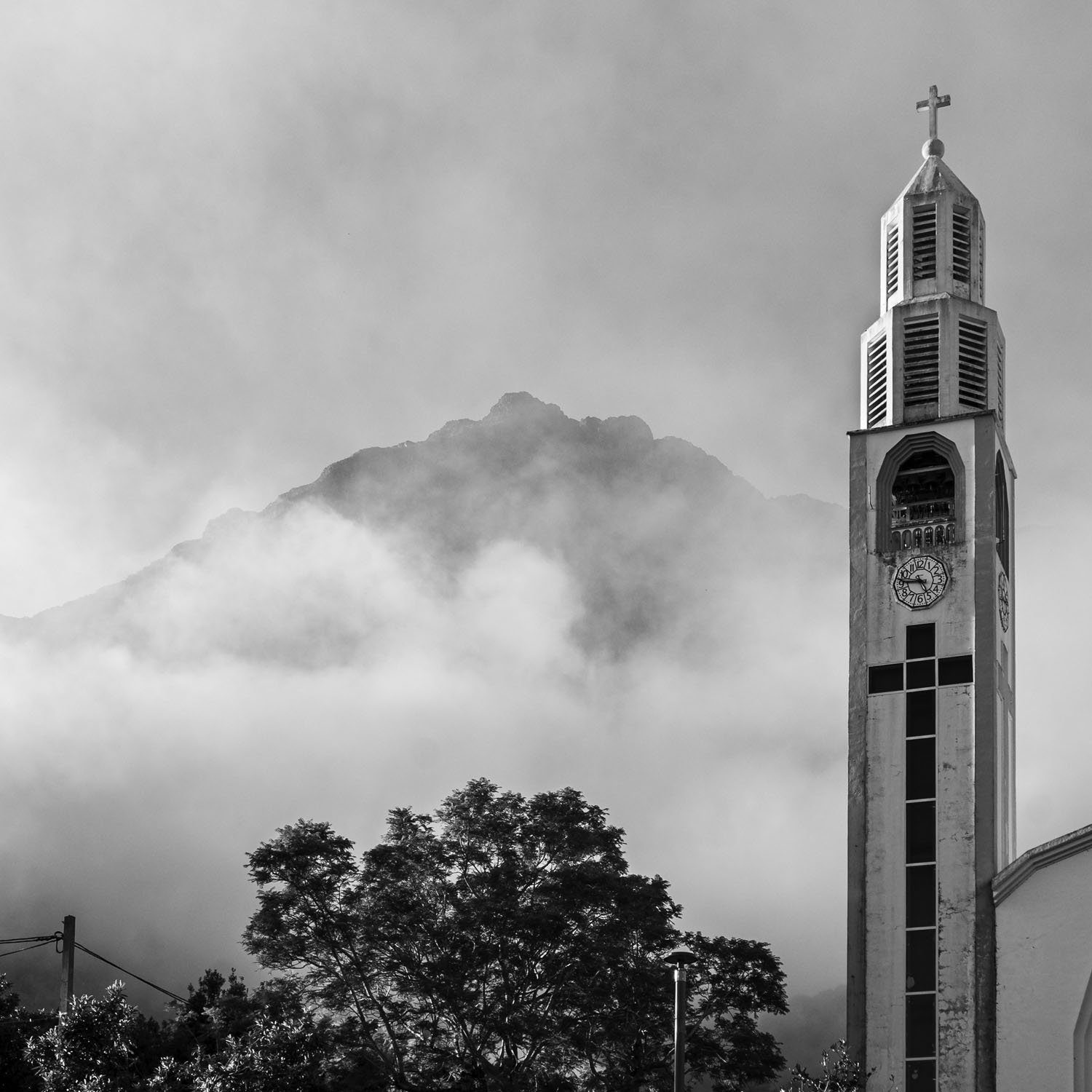
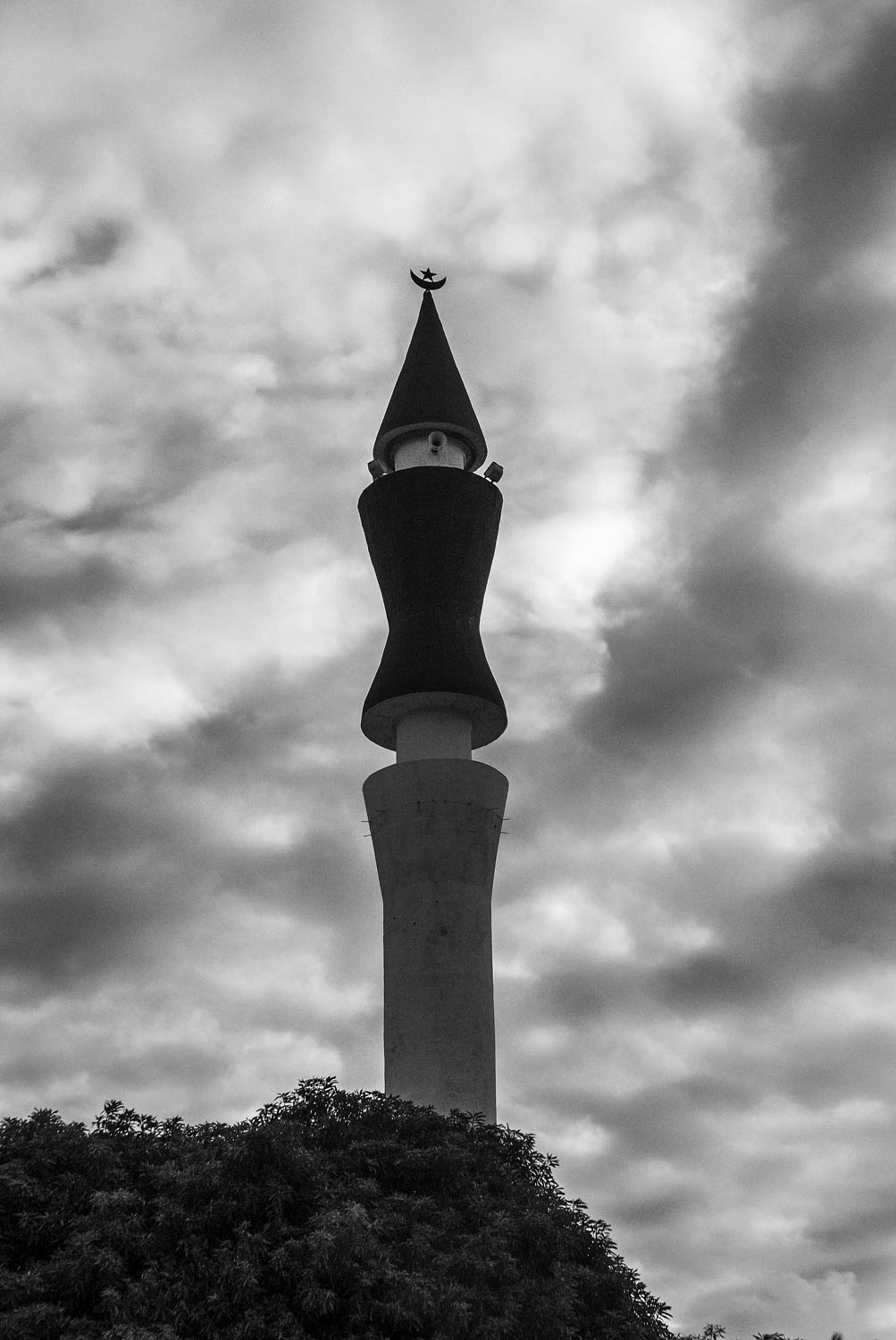
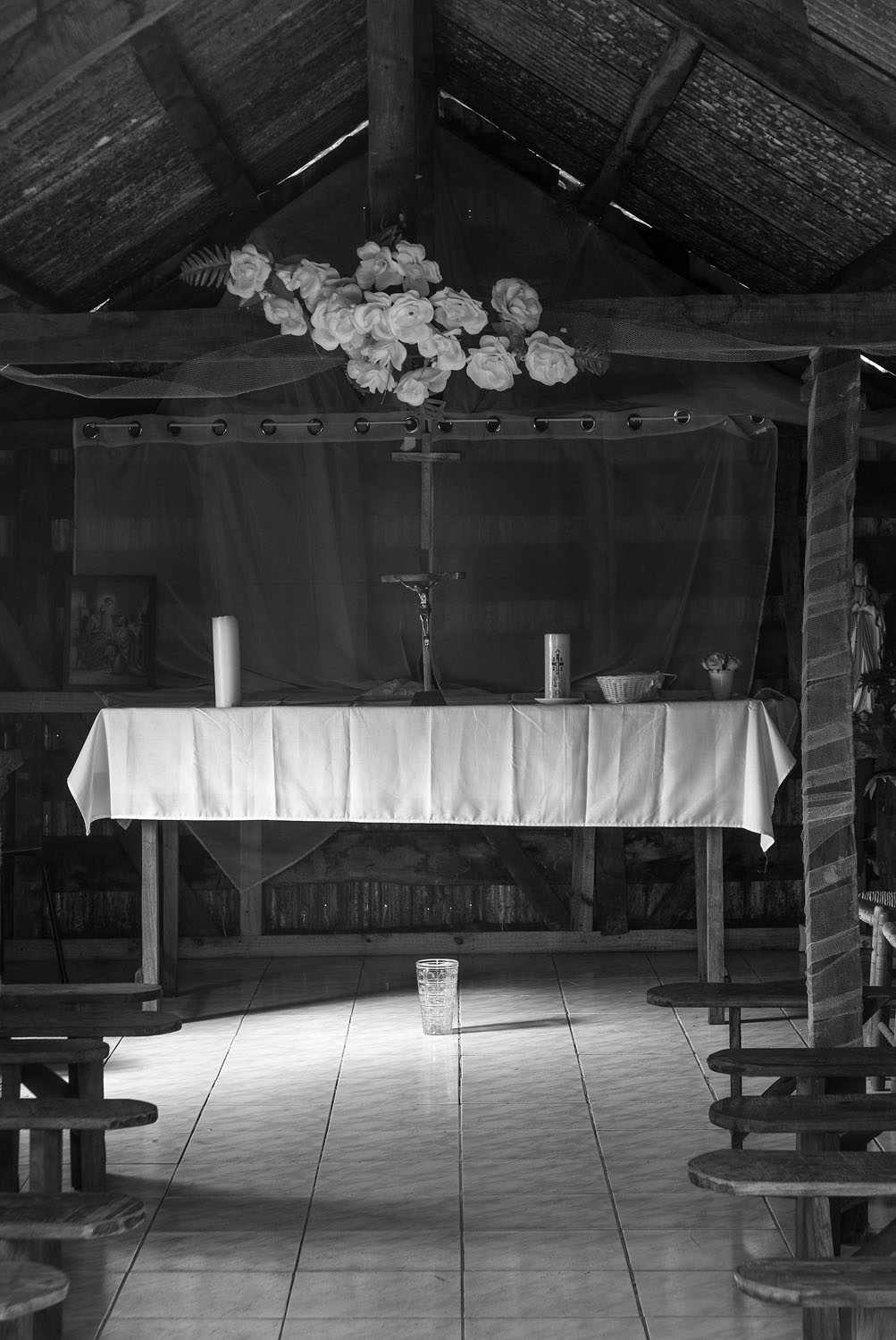
RIGHT: Panasonic DMC-LX100 . @34mm . F/5.6 . 1/13″ . ISO 200 – Marla Christian Church
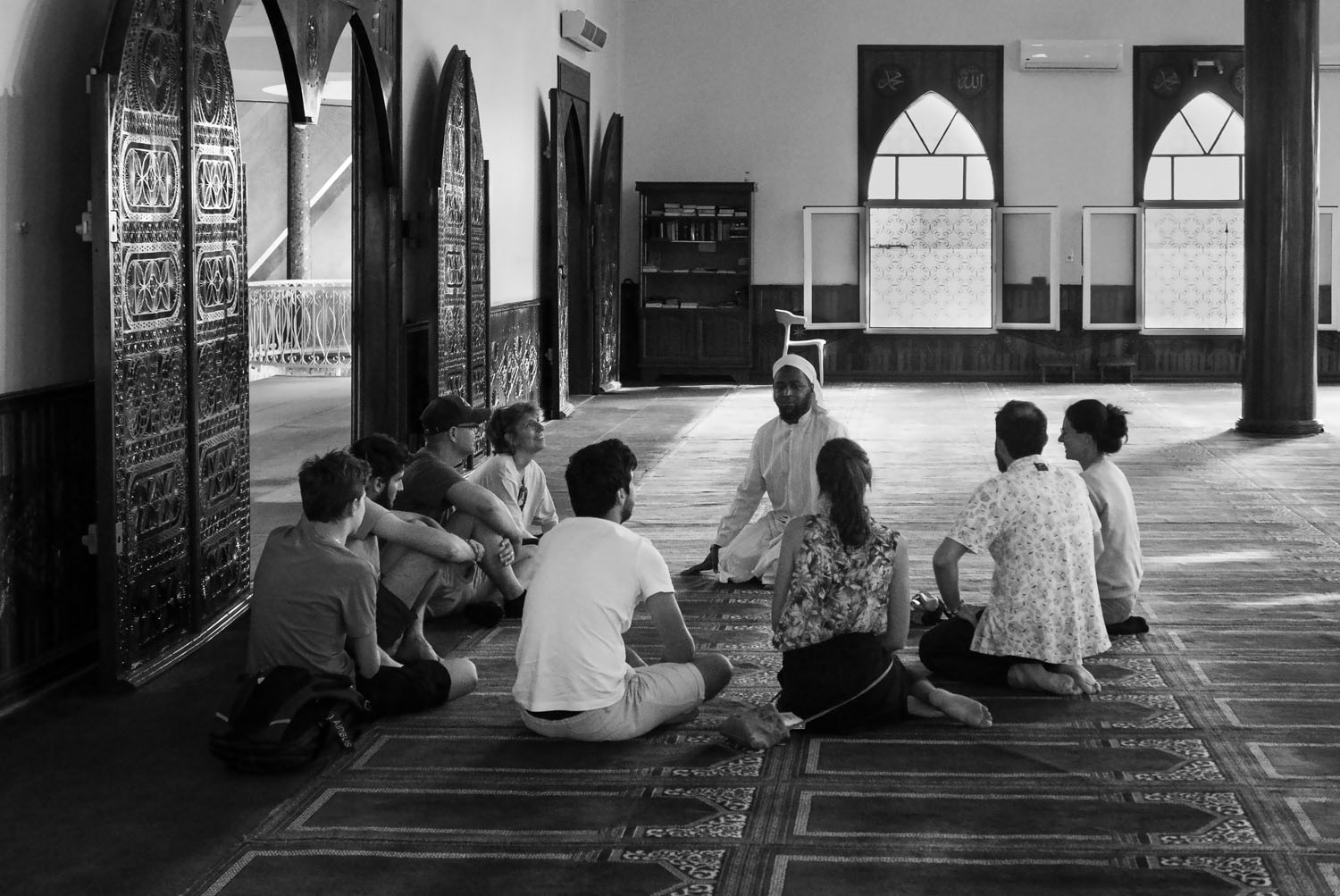
Nature in Reunion is wild, particularly on the east coast, which is more affected by storms and more humid. The locals do not try to tame it; they simply laissez-faire. Waterfalls are one of the characteristics of Reunion Island. The photos were taken in June in the dry season. In December, the rains are often torrential, and the humidity is unbearable.
Vanilla is one of the main agricultural products of Reunion and the Madagascar area. A plant native to Mexico, where it is naturally pollinated by a particular type of hummingbird. Imported to Reunion, it was found to be completely sterile due to the lack of this bird. Few people know that, nonetheless, a slave on the island of Reunion, Edmond Albius, discovered the way to artificially pollinate it, a method that is still being used today!!!
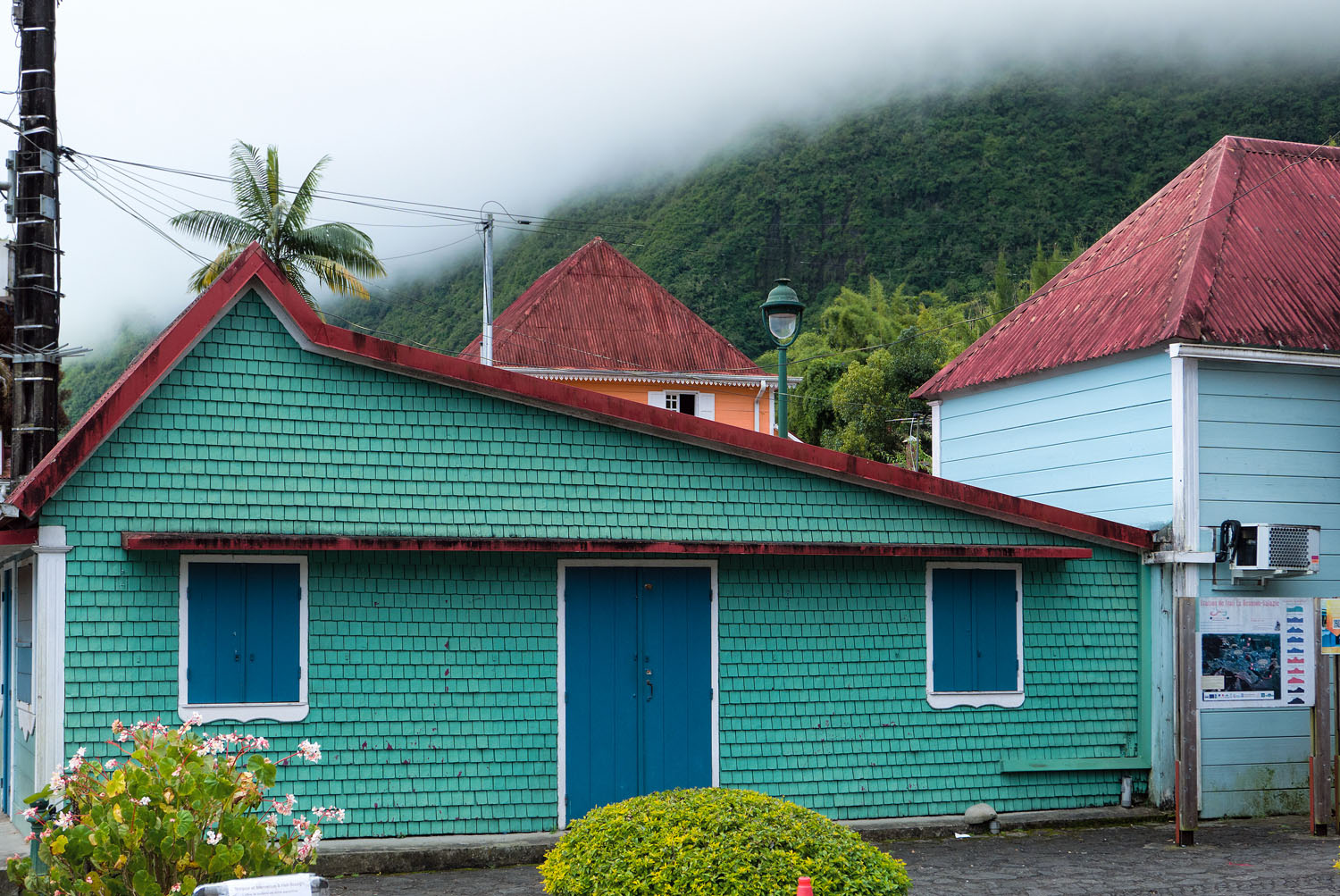
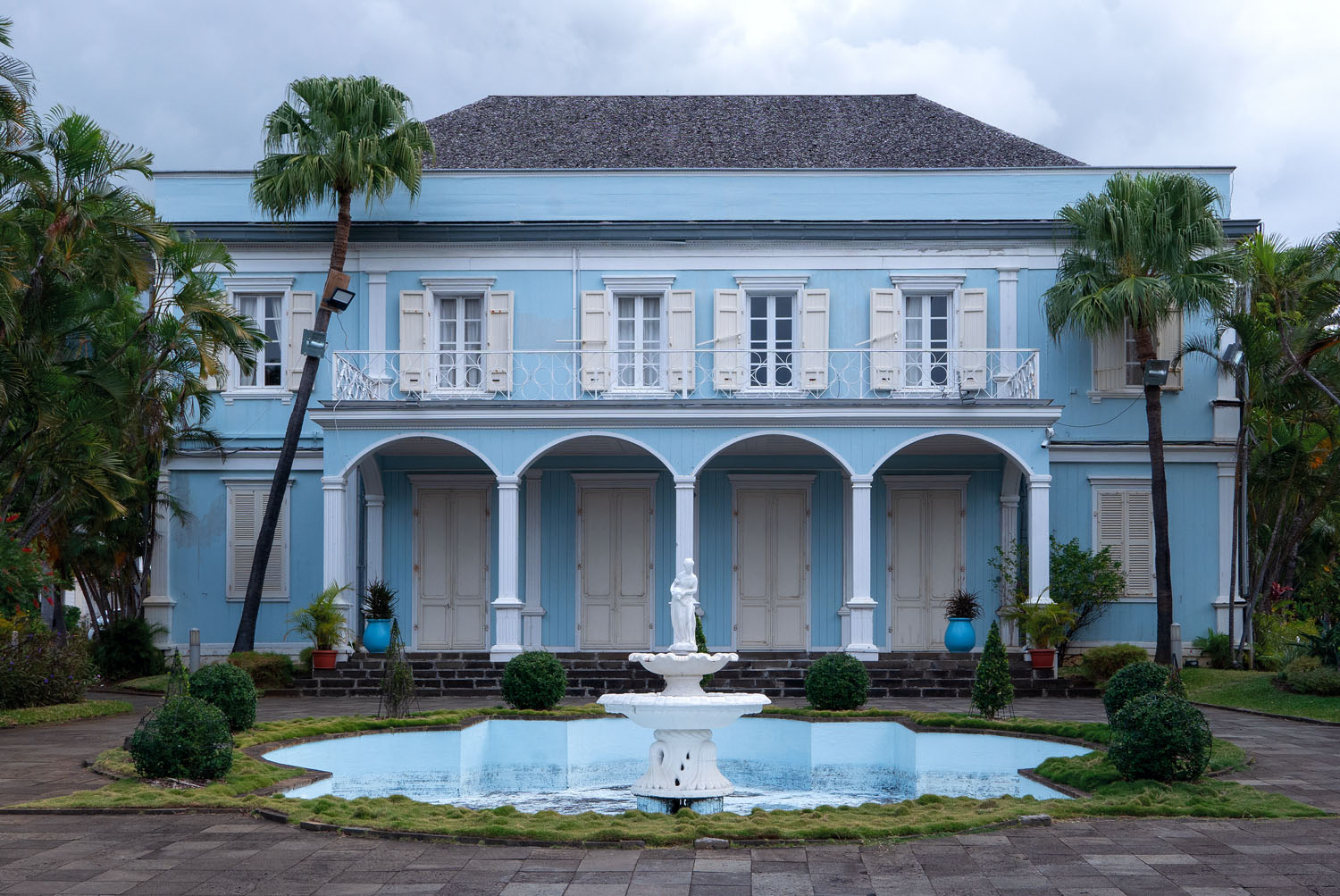
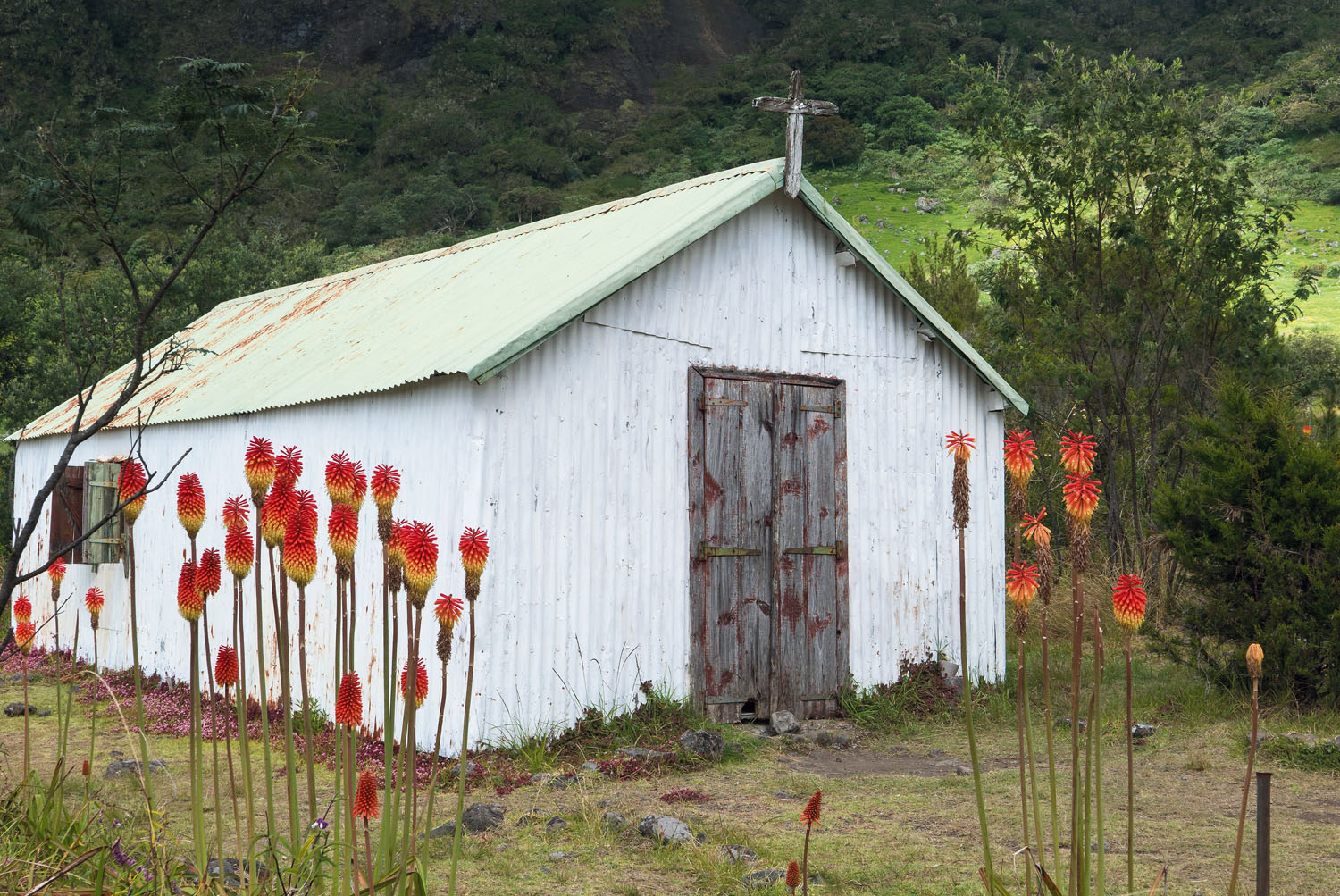
RIGHT: Panasonic DMC-LX100 . @20.60mm . F/8 . 1/160″ . ISO 200 – Marla Christian Church

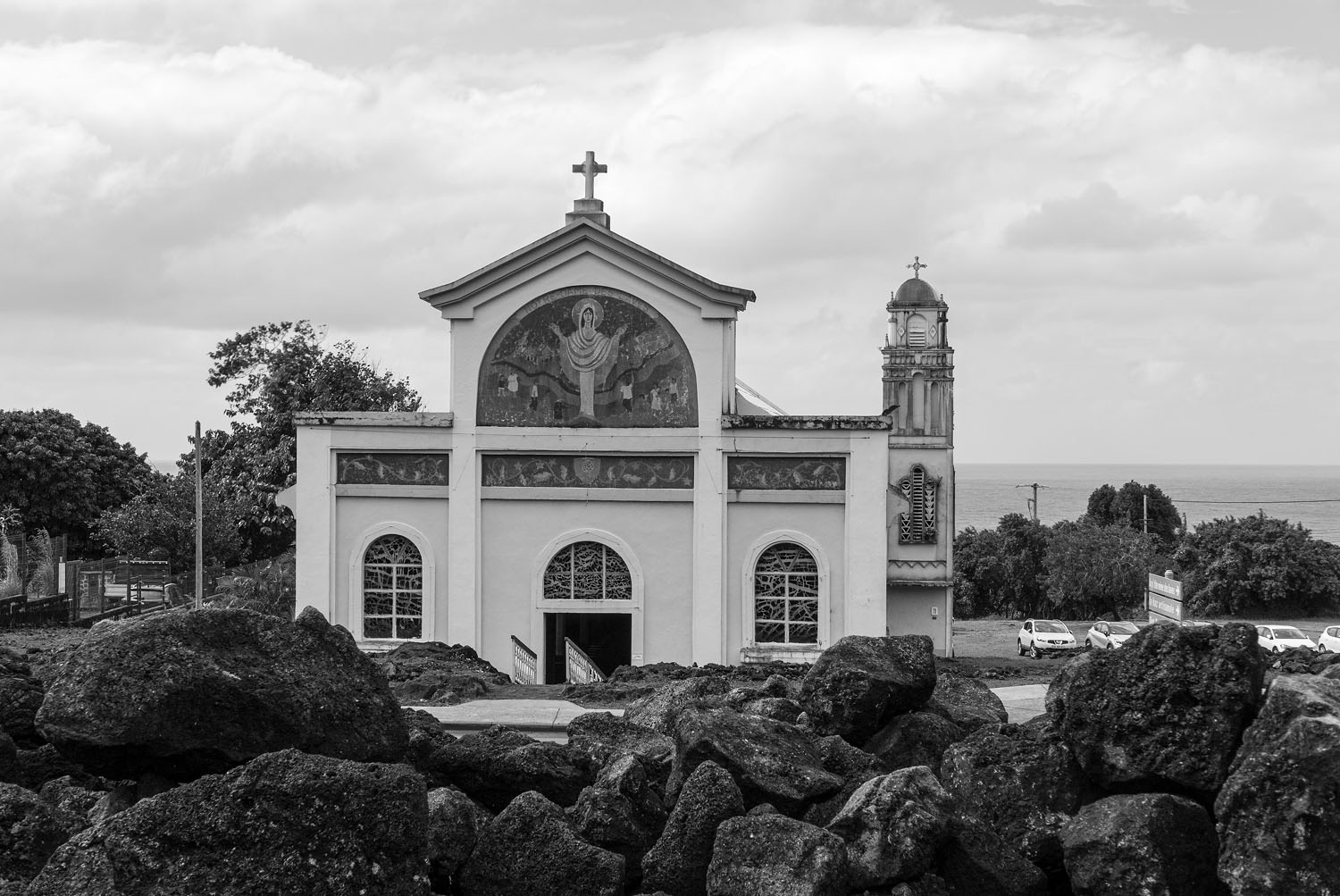
RIGHT: Panasonic DMC-LX100 . @23.60mm . F/5.6 . 1/1000″ . ISO 200 – Notre Dame des Laves
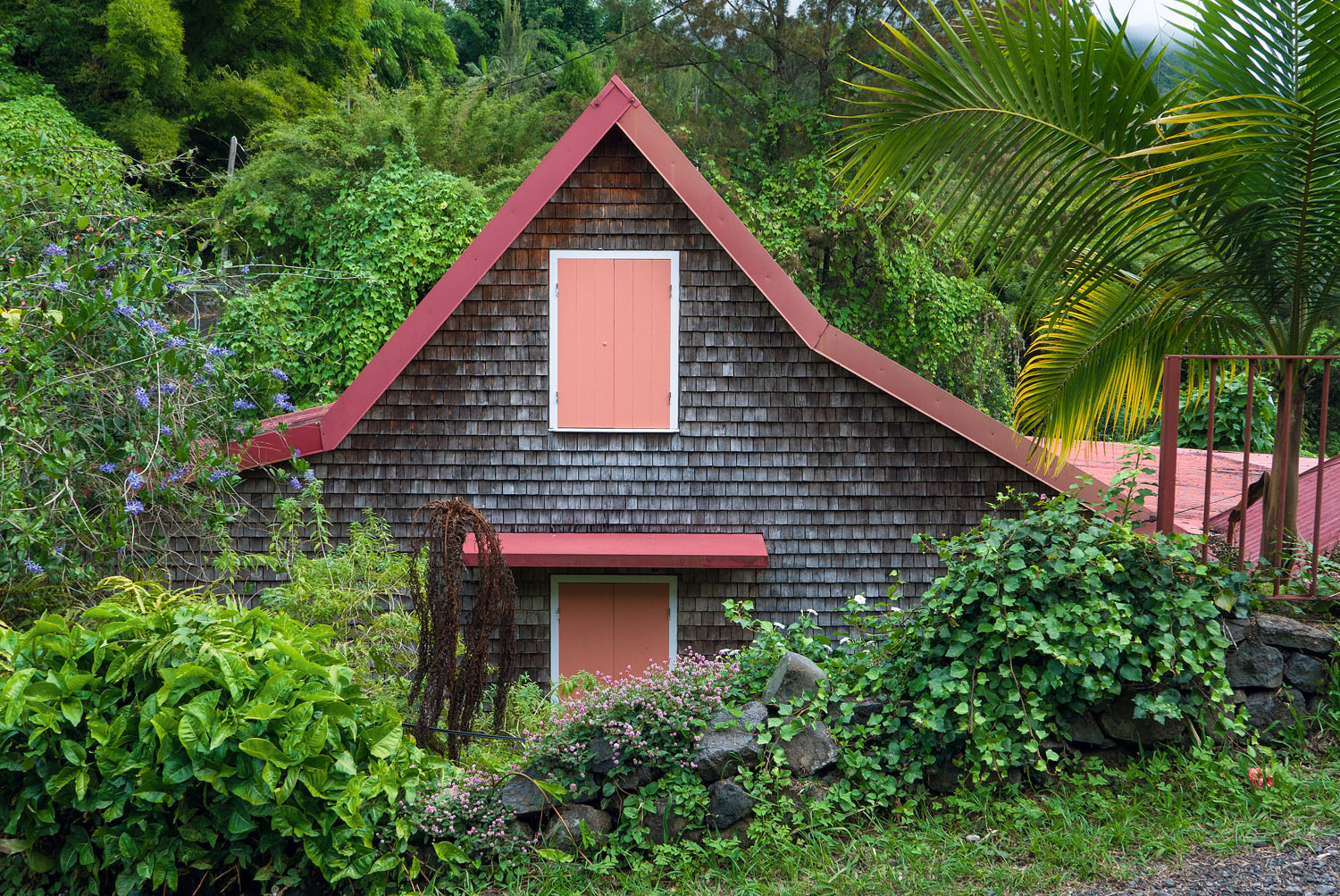
Reunion, besides being an island of waterfalls, is also an island of volcanoes. The island is dotted with immense extinct calderas where lush vegetation has grown up in addition to human settlements. Piton de la Fournaise is an active volcano on Reunion and holds the record for the most frequent eruptions in the world (one every nine months). During the last eruption, the lava almost reached the sea, stopping right at the church gates (Notre Dame des Laves). A miracle for some.
The west coast of the island is very different from the east coast. The mountains shield it from atmospheric disturbances, making the climate drier. It is also a more touristy area and has about 30km of coral reef that allows swimming in crystal-clear waters in peace and quiet (the only stretch of coast safe from sharks). Given the more clement climate, most of the population has settled in this part of the island.
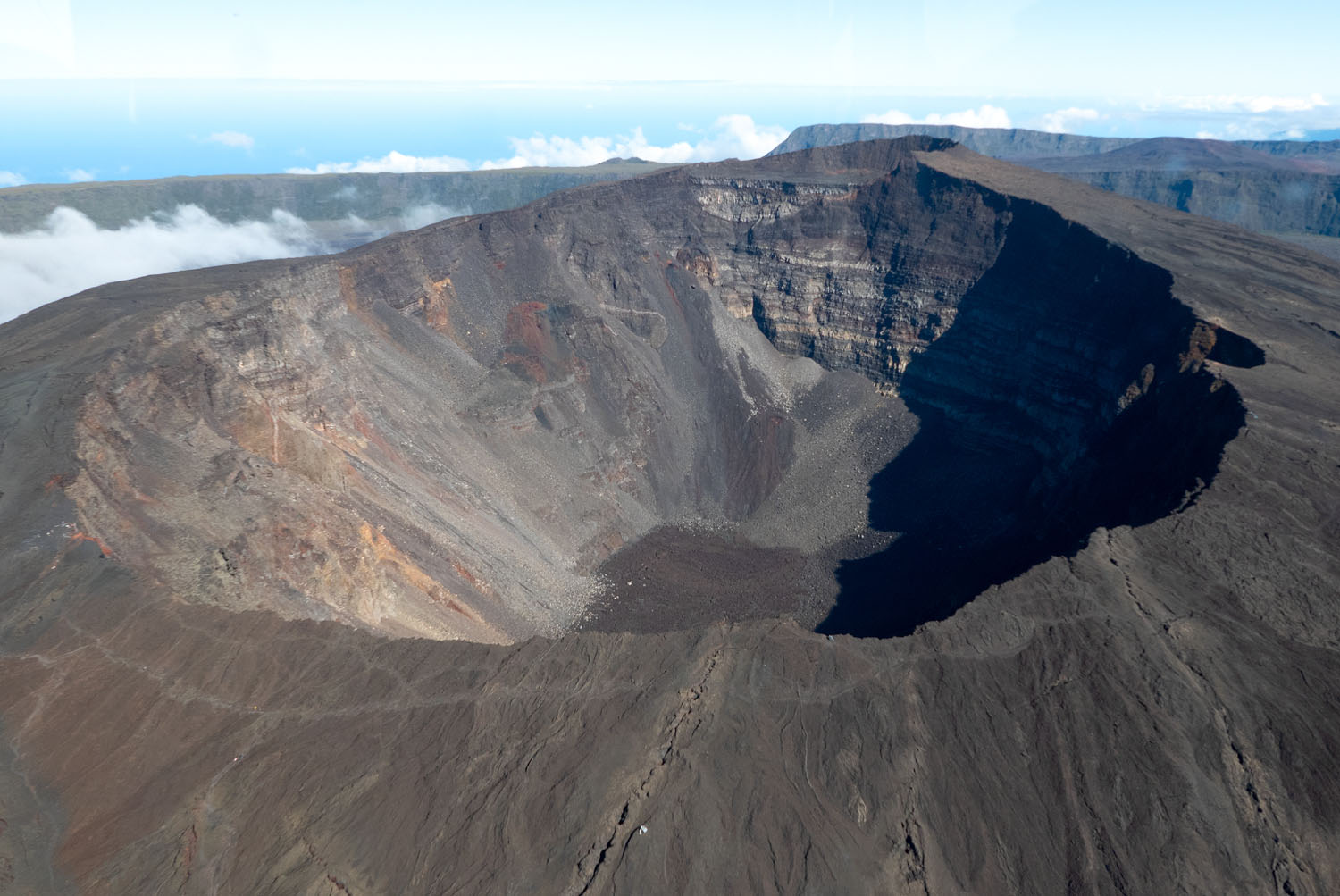
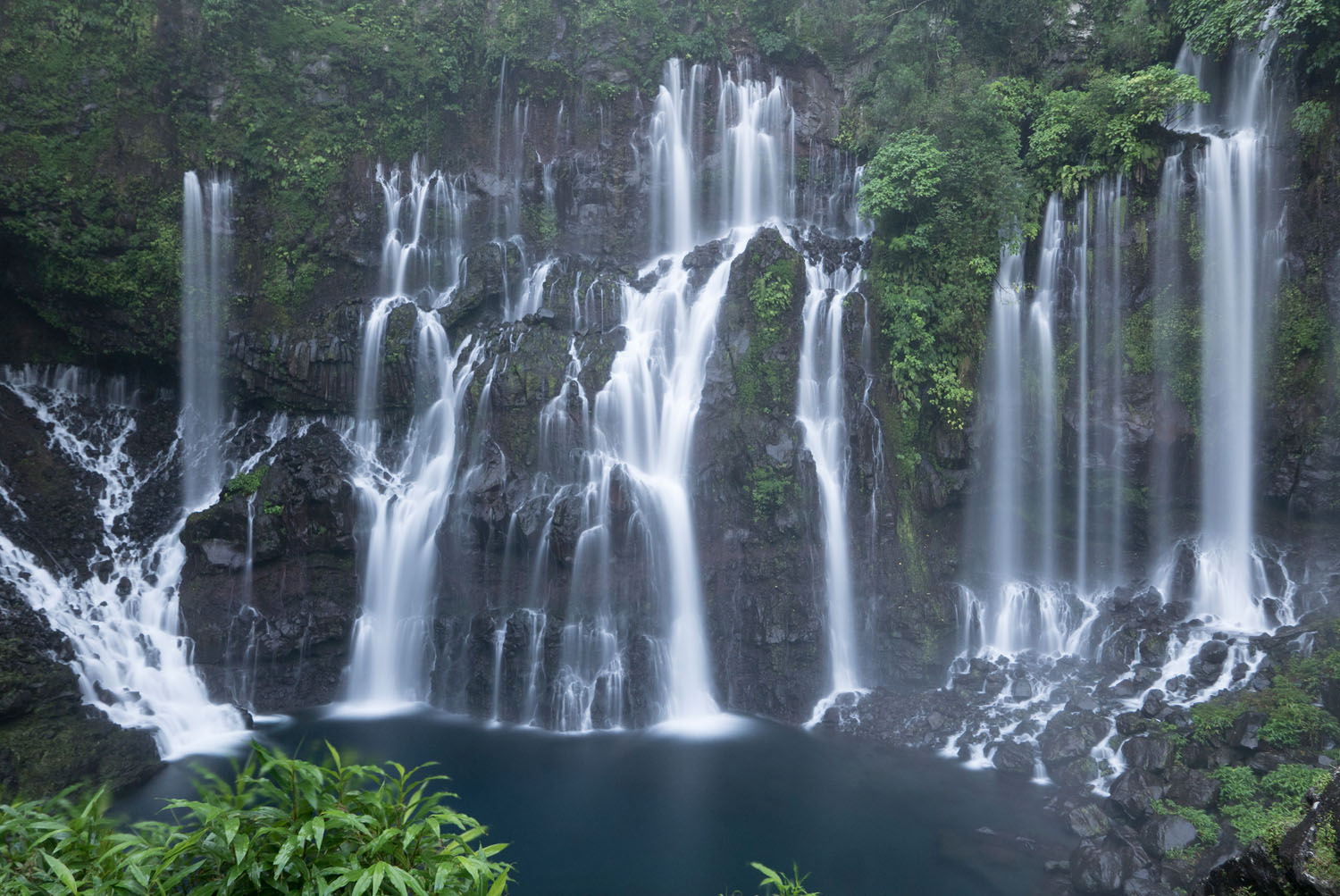
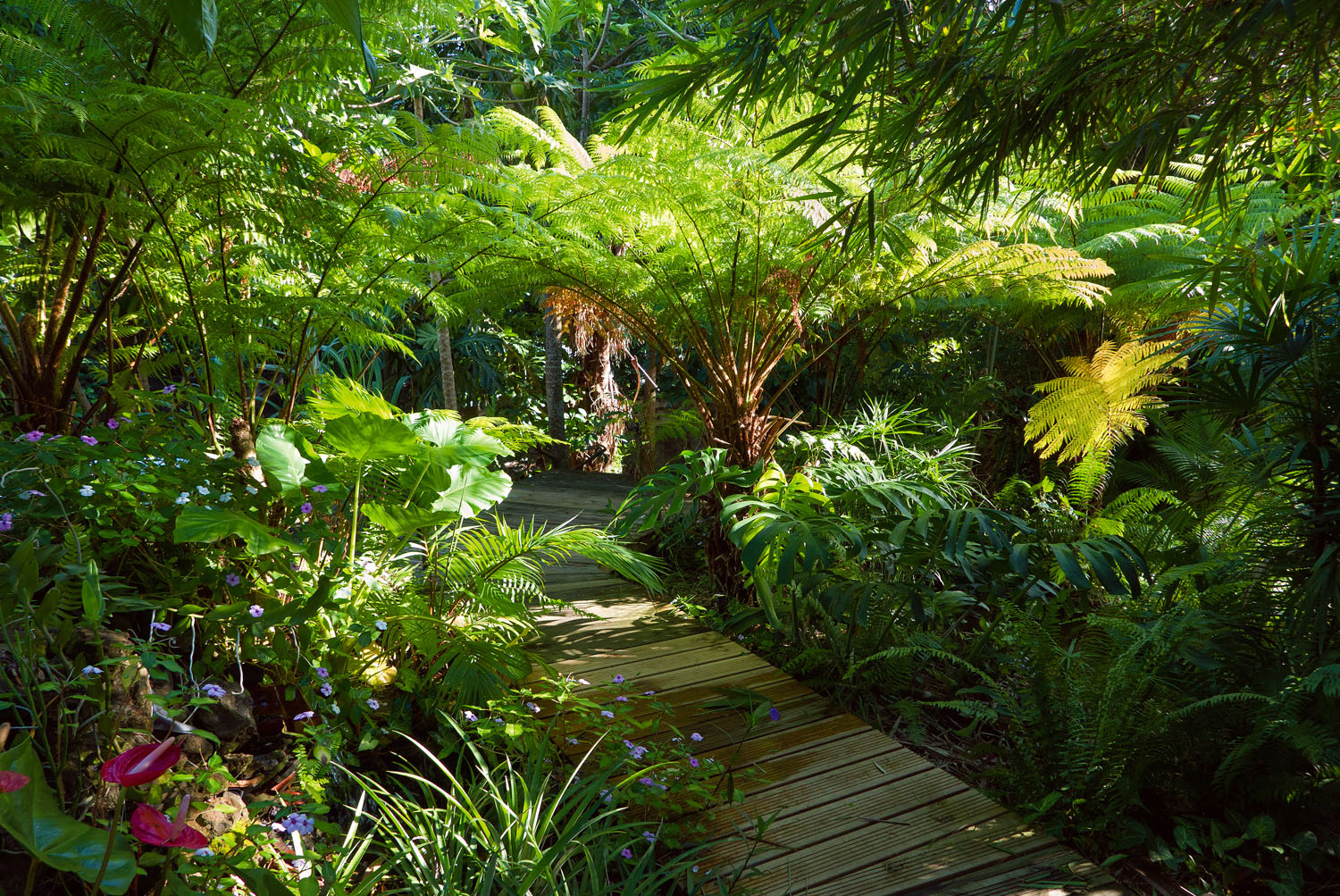
RIGHT: Panasonic DMC-LX100 . @10.90mm . F/4.0 . 1/200″ . ISO 400 – EAST COAST – Private garden
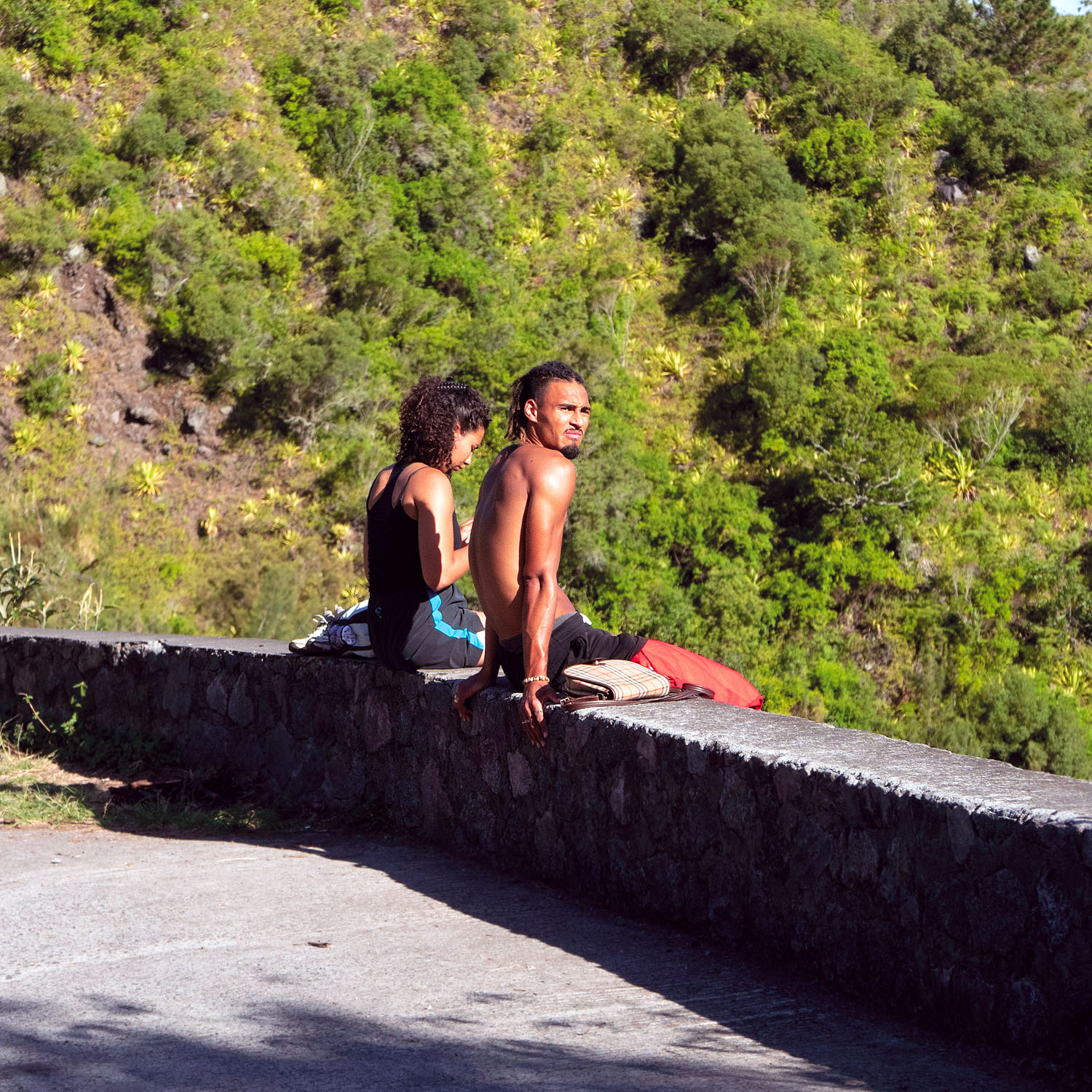
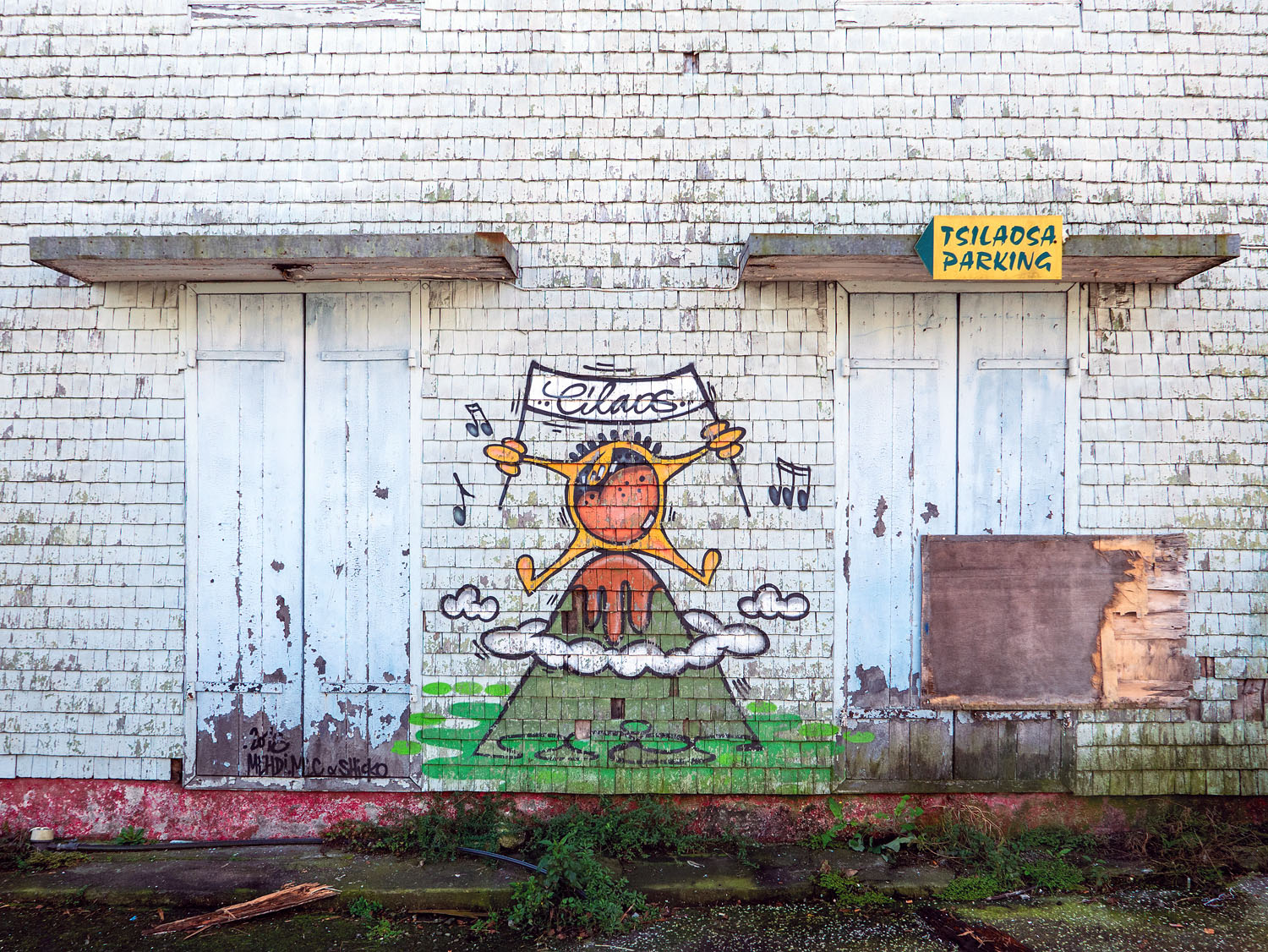
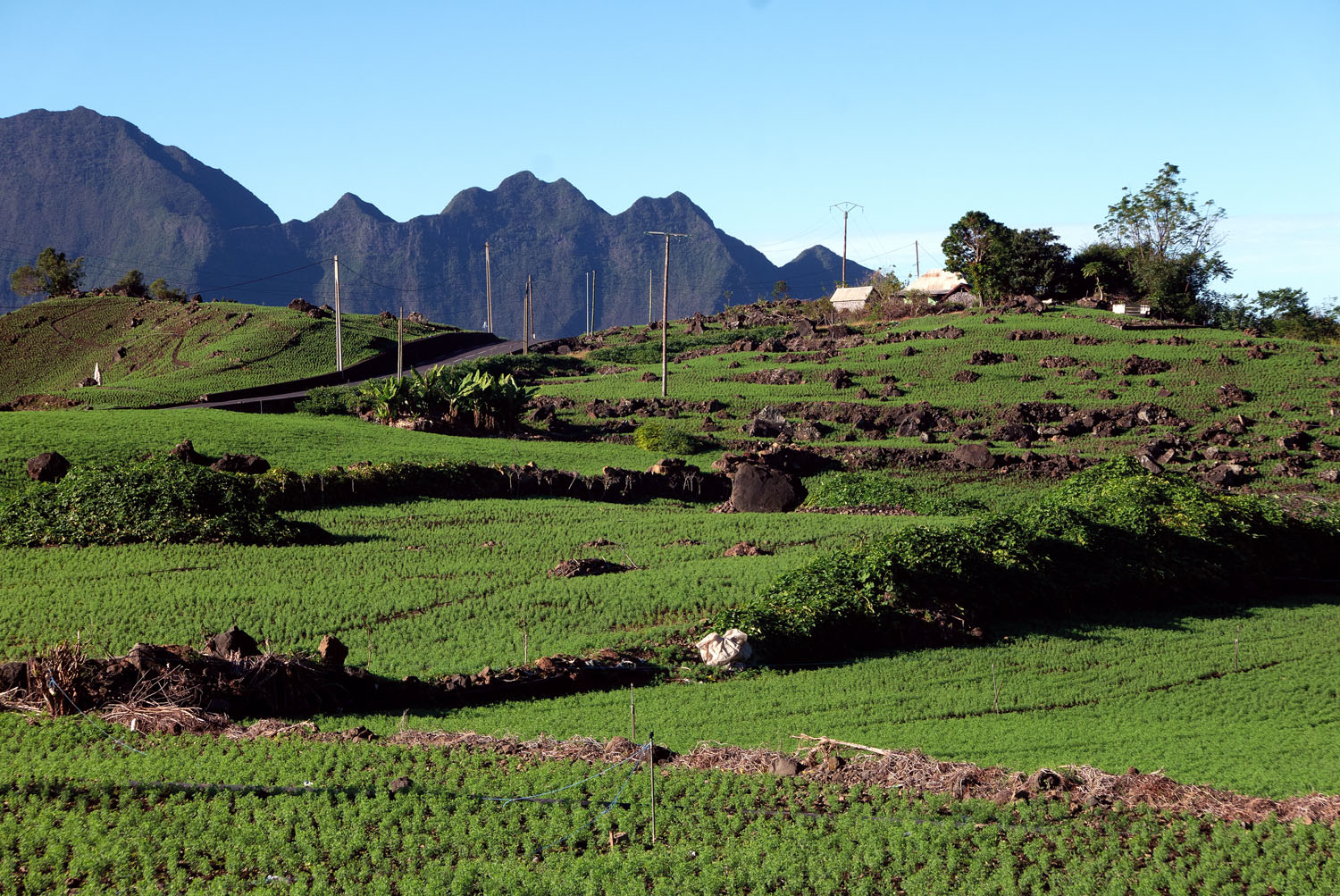
RIGHT: Panasonic DMC-LX100 . @34mm . F/5.6 . 1/640″ . ISO 200 – Lentil field in Cilaos
If you visit Reunion, don’t expect France. Many houses are uncared-for, a bit in African style. Some others give an idea of a bygone era of wealth now lost. Still, others are little gems, showing the inequality of incomes in a society long based on slavery. The markets of Reunion are a hybrid of European and African style. Too orderly to be African but too varied and colourful to be European.
The harmonious co-existence of different religions is one of the island’s distinguishing features. In the middle of the famous trek to a remote village called Marla, we came across a Christian church. Apparently shabby on the outside but well maintained inside and certainly used by the local devotees. In St Pierre, it is possible to visit a local cemetery where Christians and Hindus rest together.
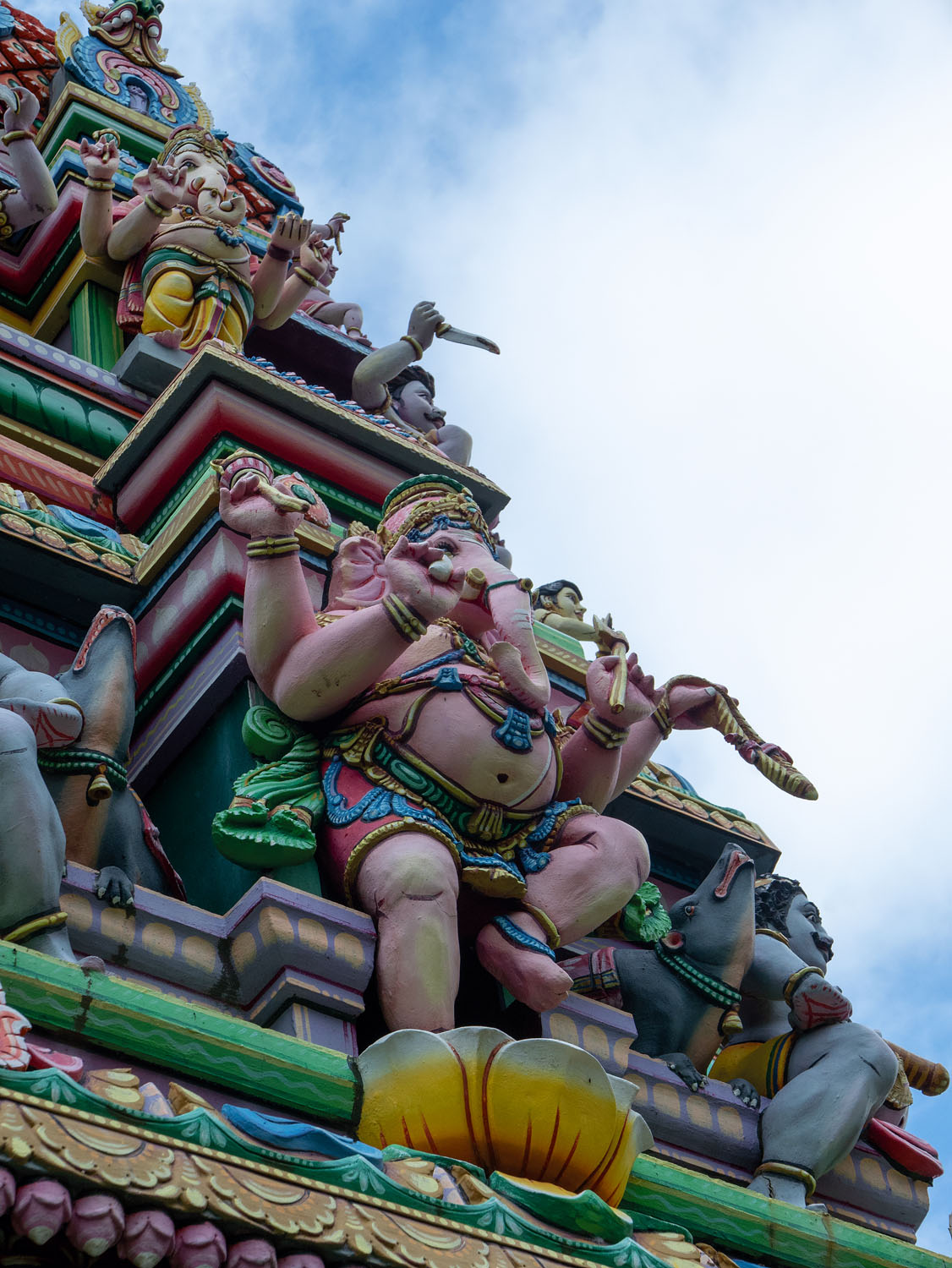
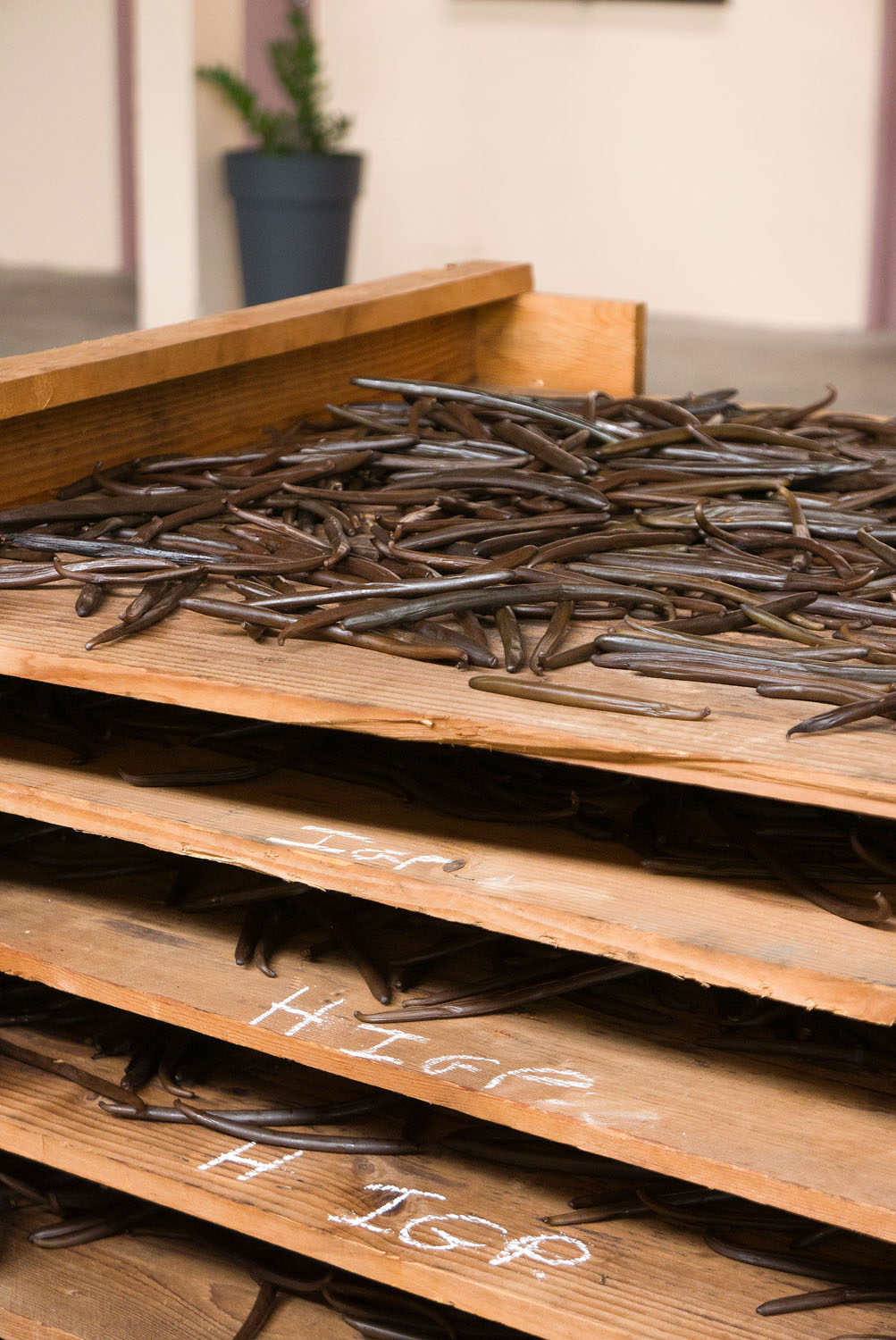
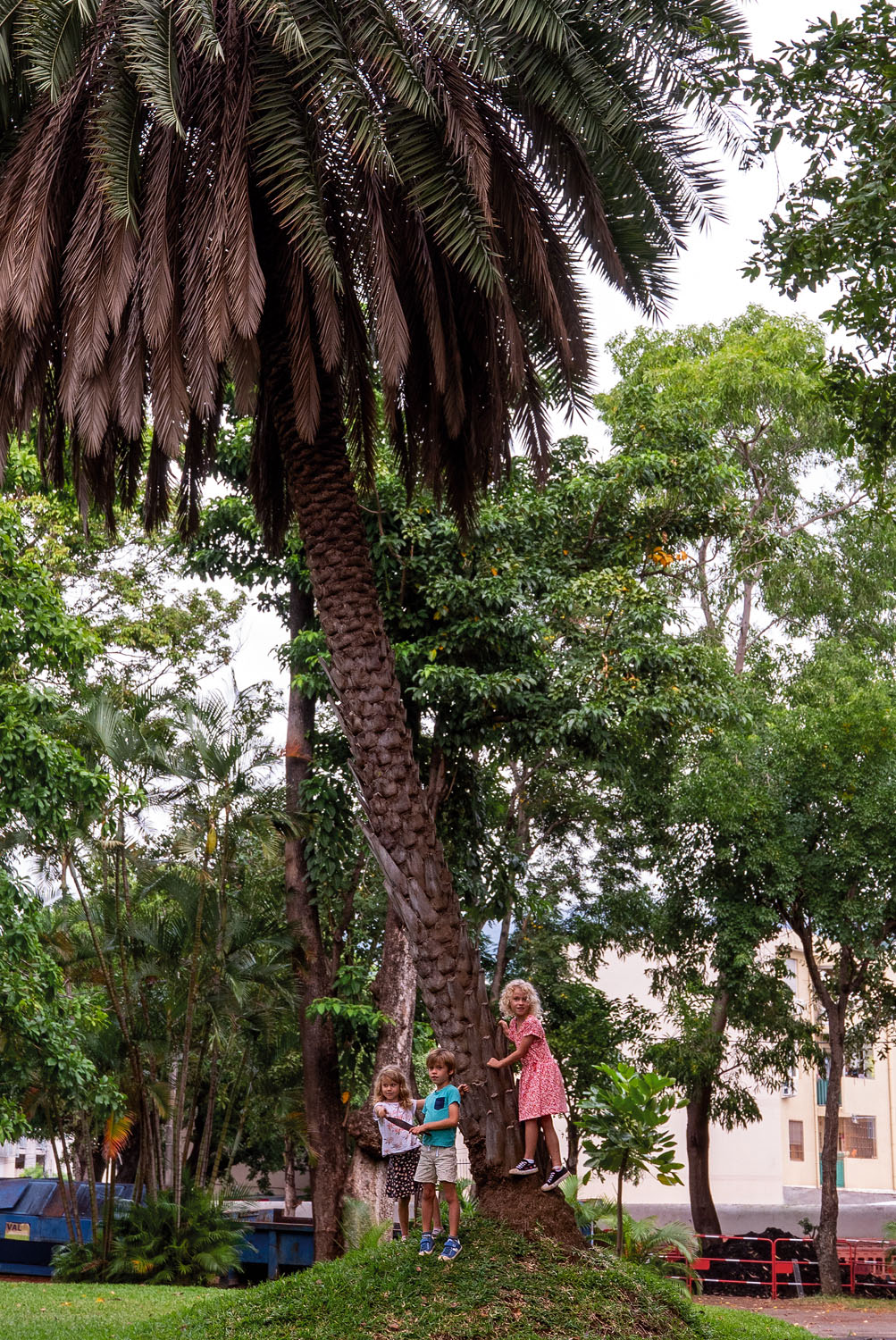
RIGHT: Panasonic DMC-LX100 . @22.70mm . F/5.6 . 1/100″ . ISO 200 – Park of Saint-Denis
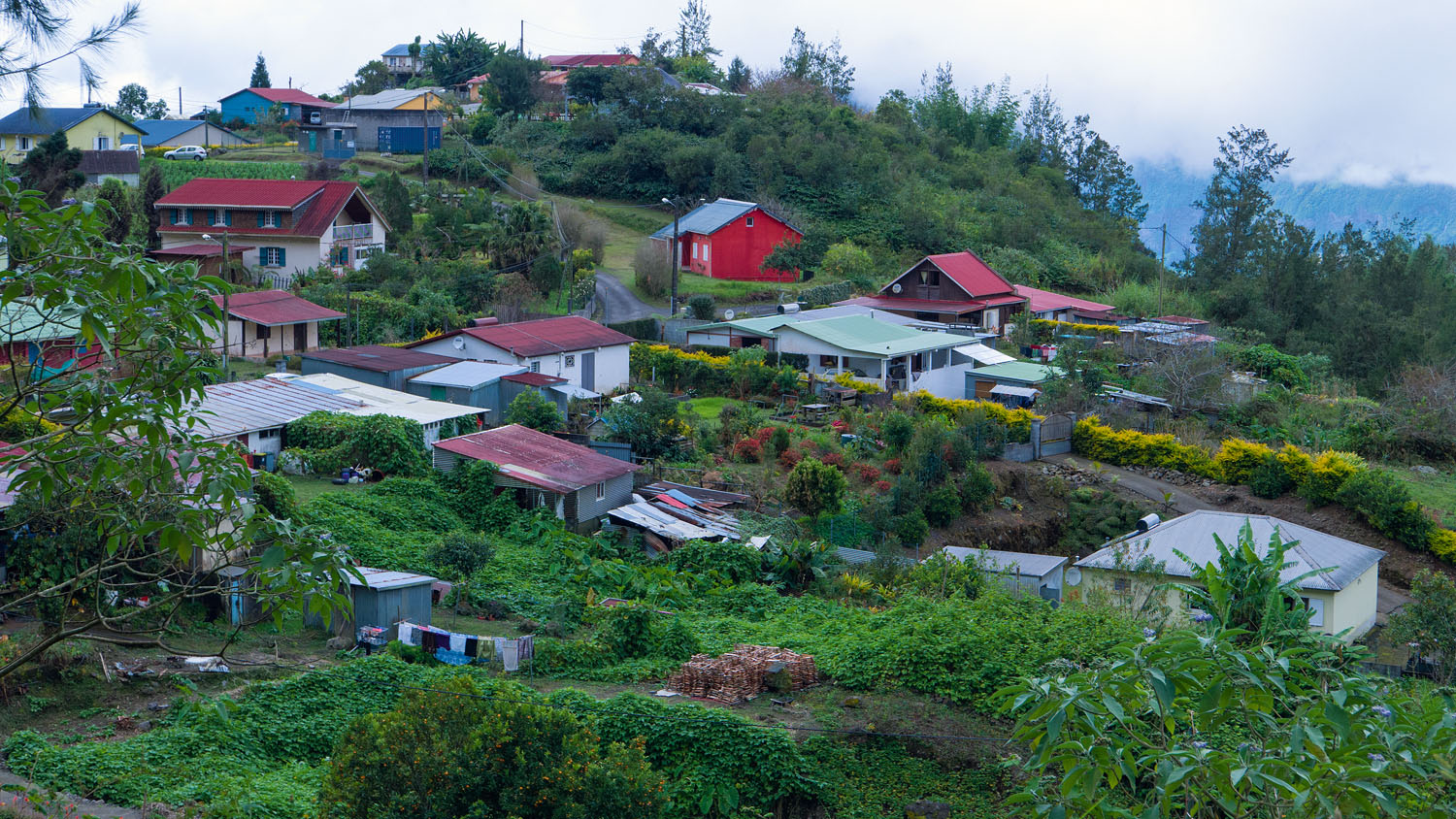
The Muslim community is very open to foreigners, tourists and locals. It is also possible for non-Muslims to enter the mosque accompanied by local worshippers, who are very willing to tell you about their religion.
The population of Reunion is a mixture of different ethnicities: Europeans, Africans, Indians, Chinese…
In the motherland, it is held up as an example of perfect coexistence of different religions and cultures. Reunion has a magical recipe for civil coexistence, which the French themselves struggle to replicate in continental France studded with attacks and street riots.
This last photo exemplifies Reunion: contrast and harmony. In the foreground, white children’s clothes for the first communion and in the background, the erotic clothes of a sexy shop. DIFFERENT but NOT IN CONFLICT.
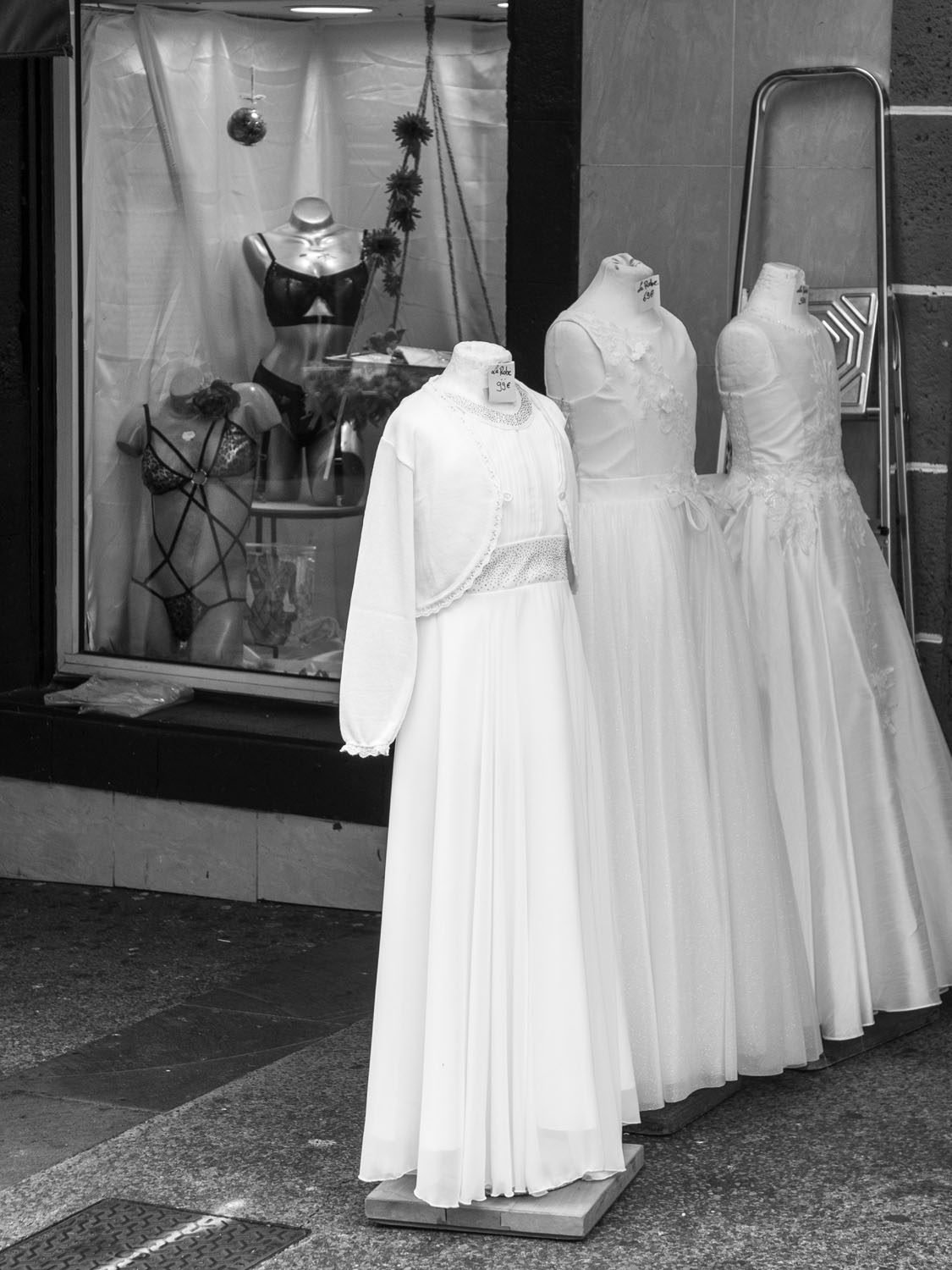
Riccardo Beretta
www.riccardoberettafoto.it/reportage_isola_reunion/
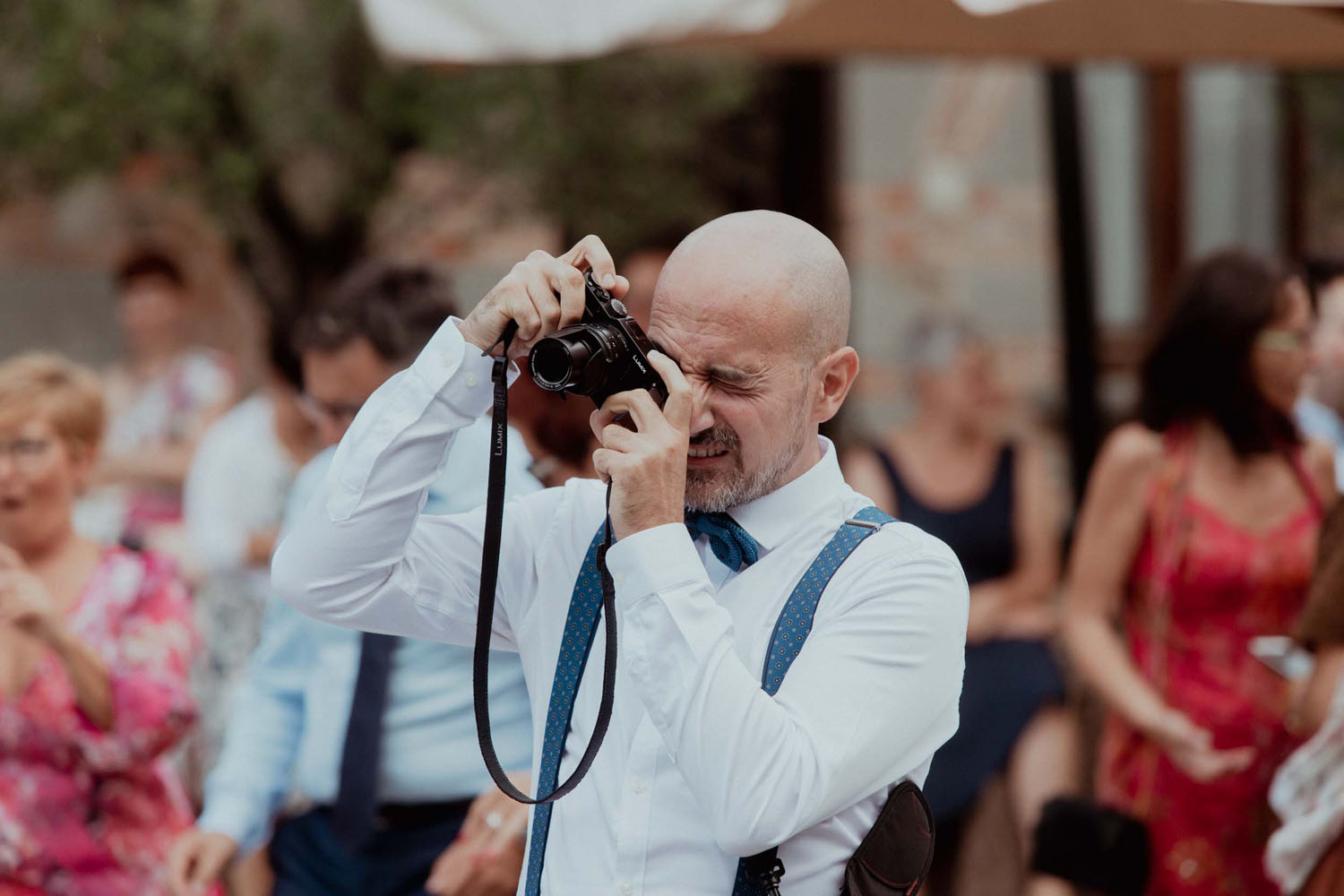
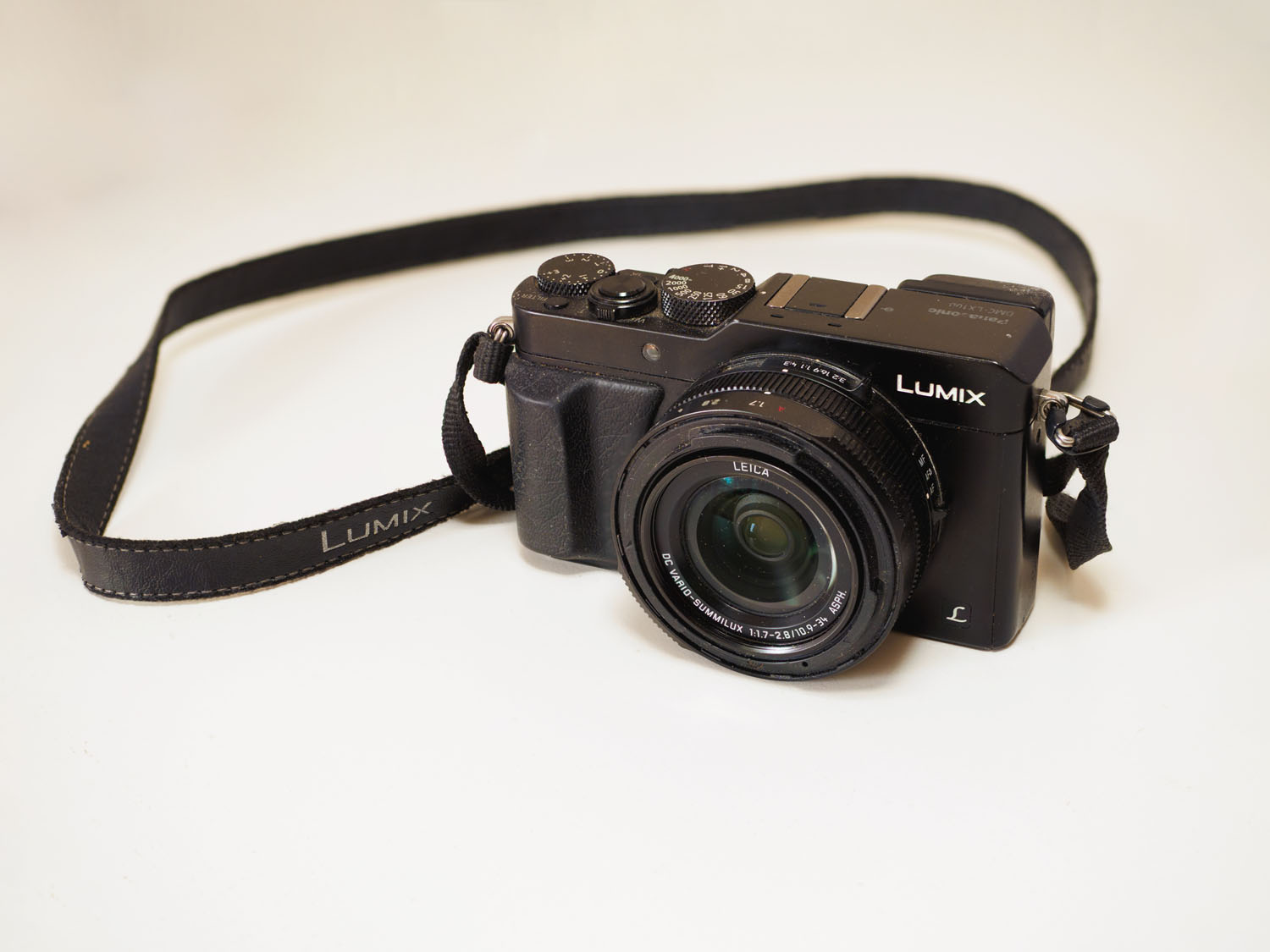
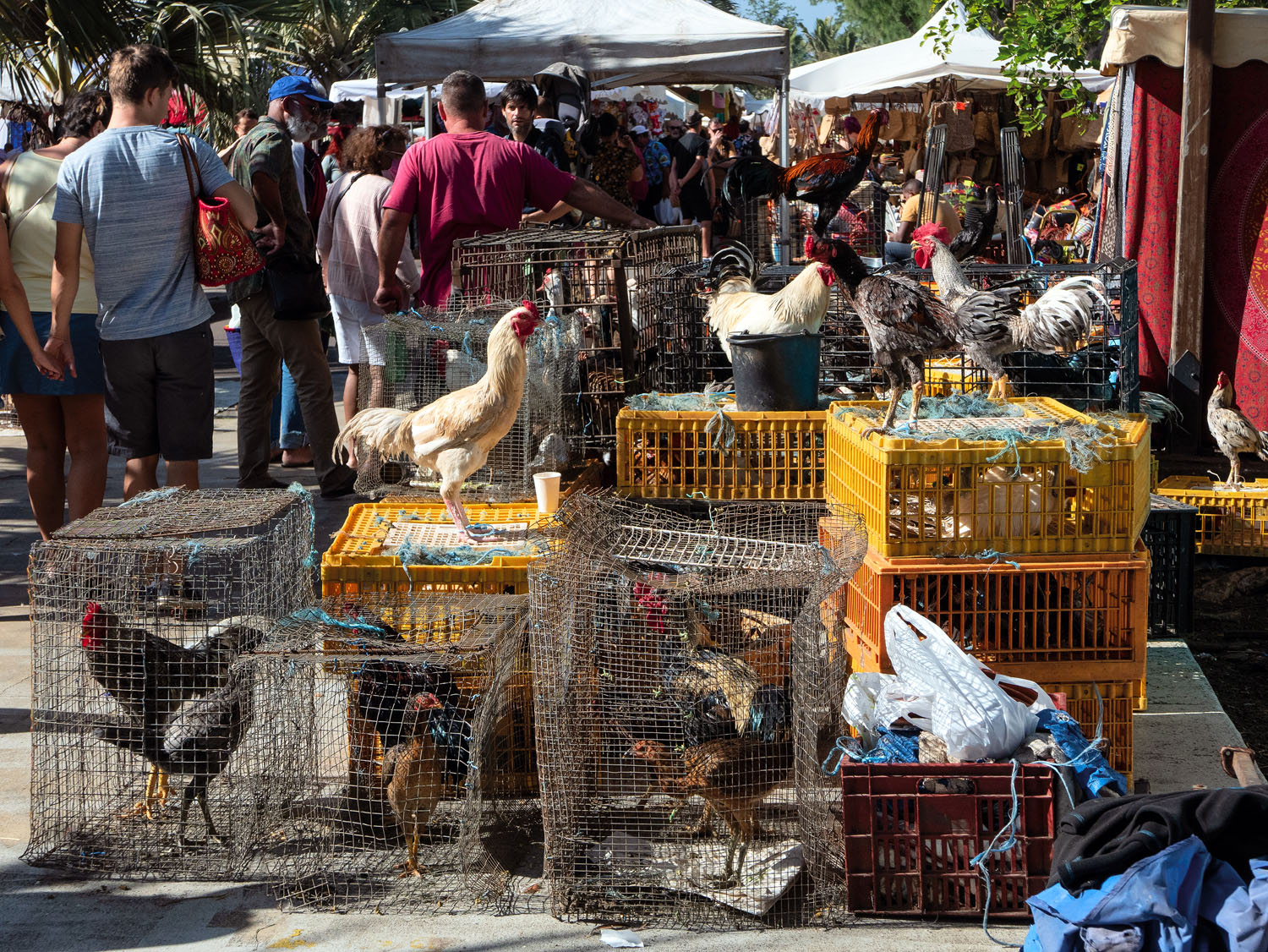
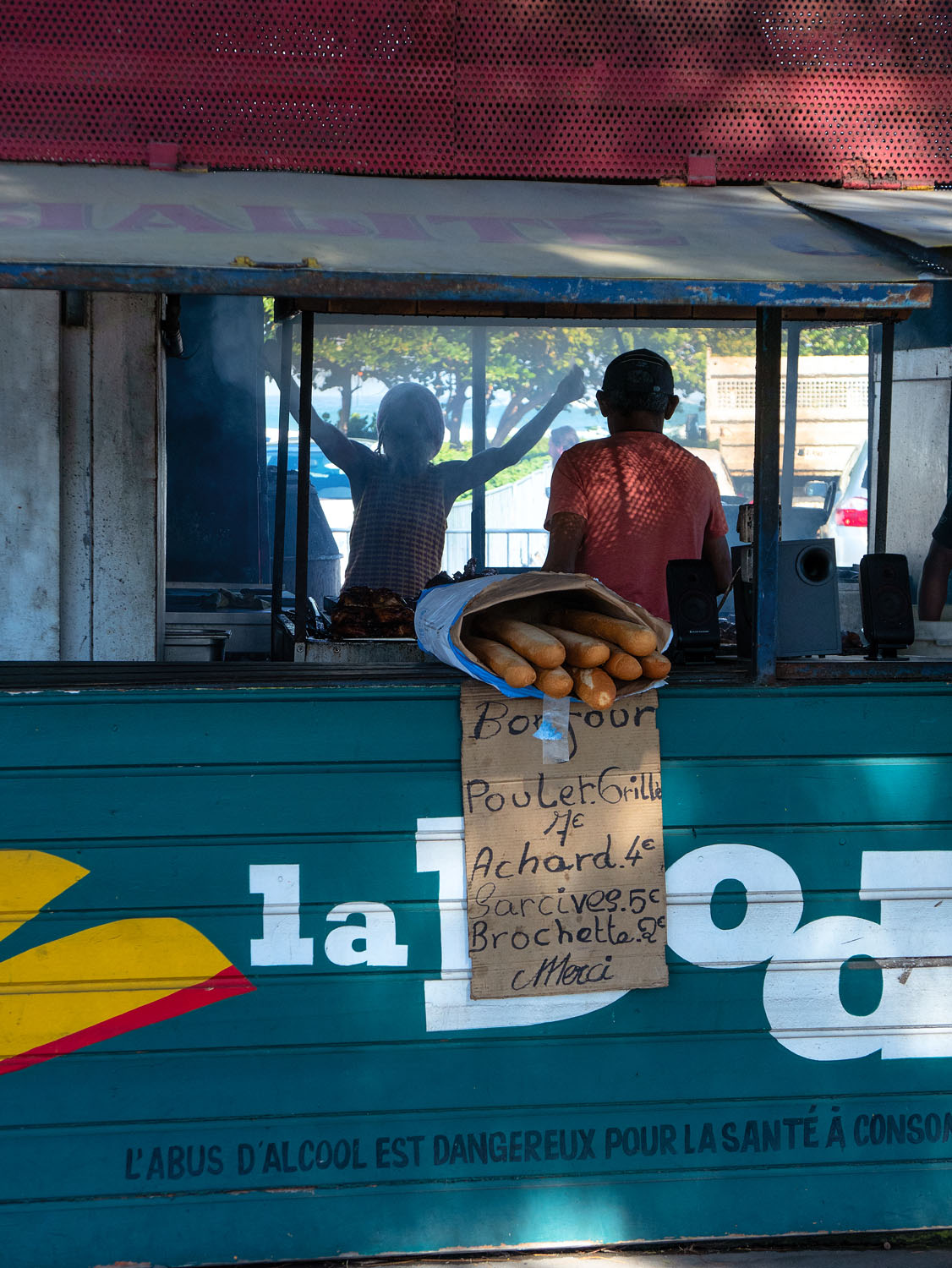

RIGHT: Panasonic DMC-LX100 . @29.30mm . F/5.6 . 1/320″ . ISO 200 – Saint Pierre Market
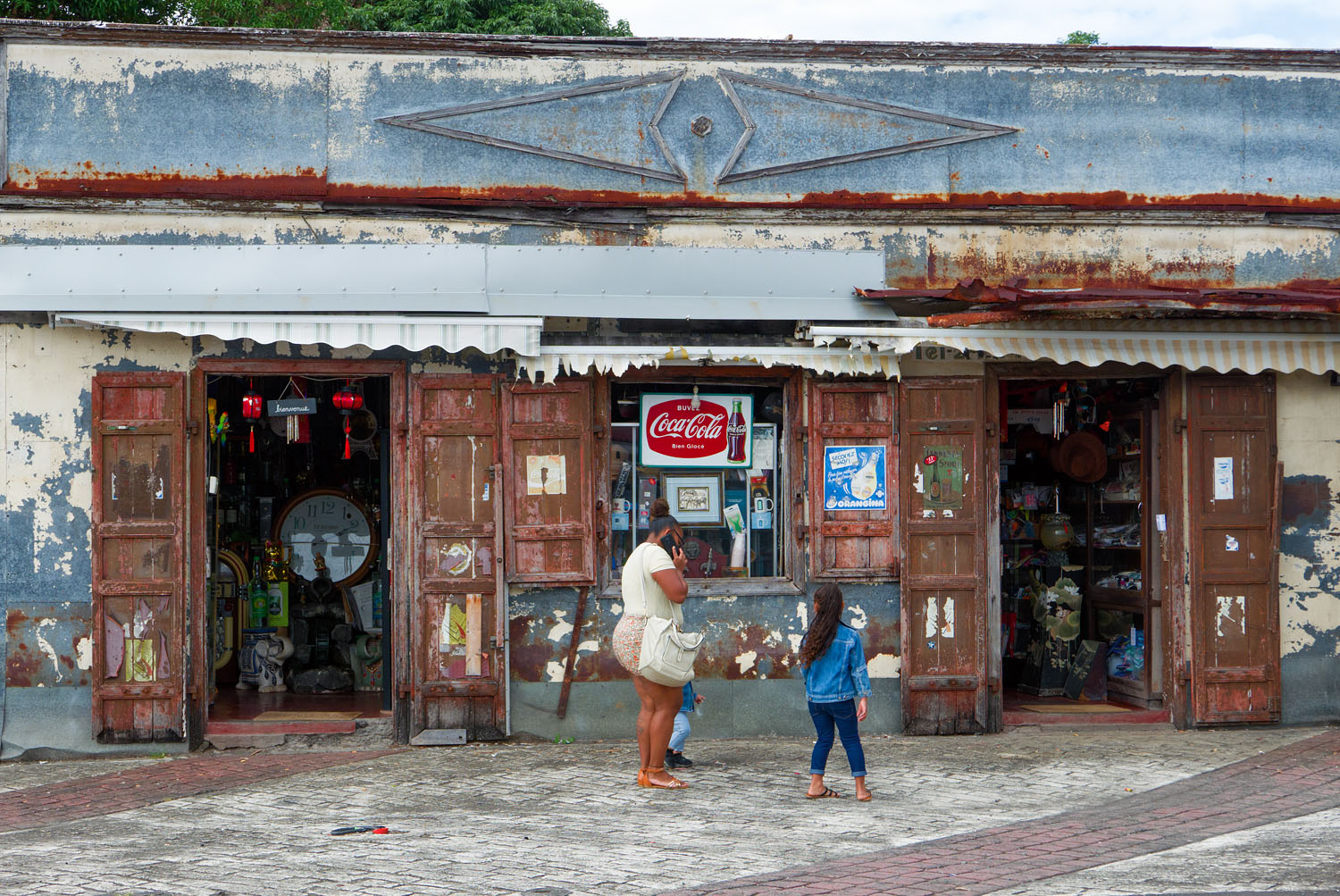
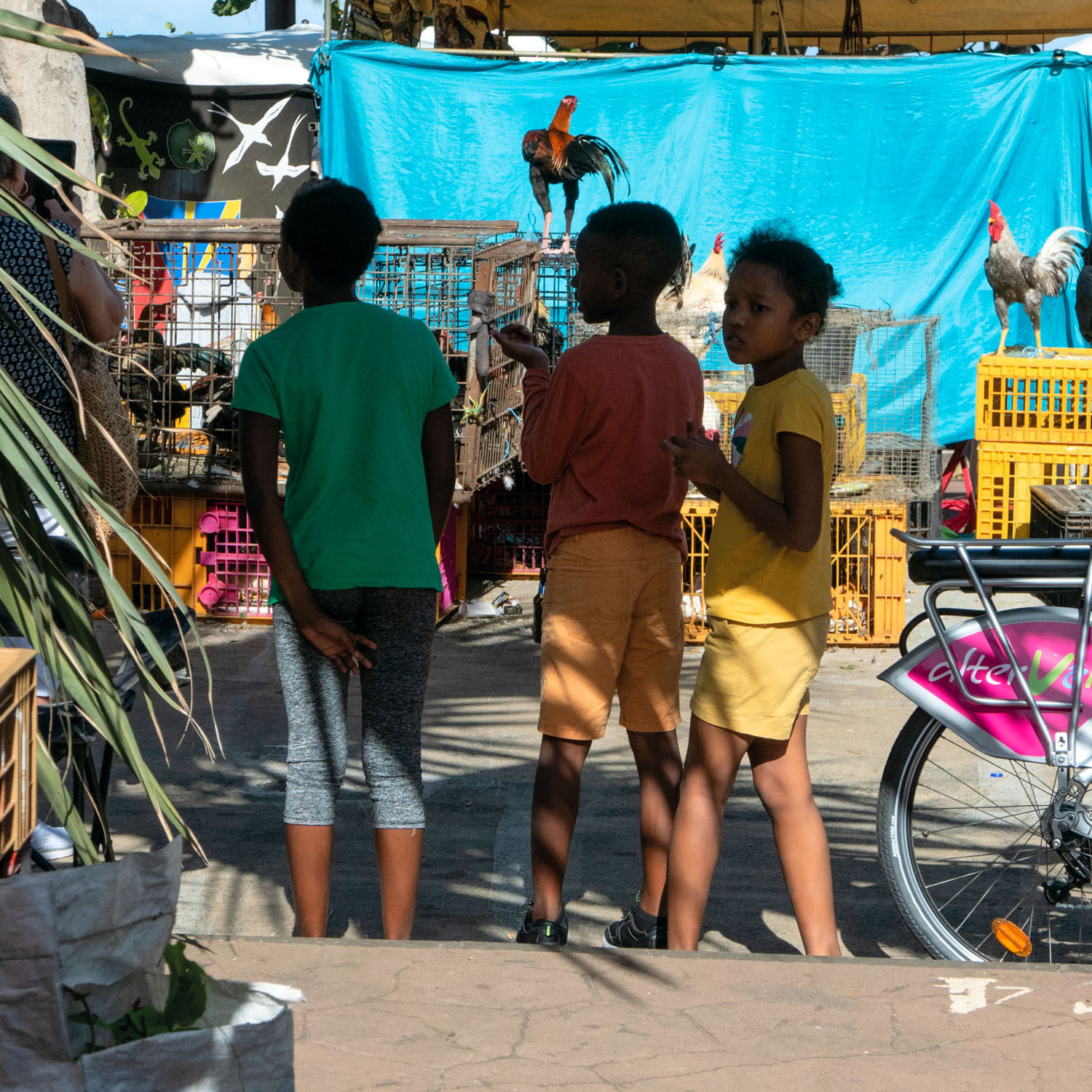

RIGHT: Panasonic DMC-LX100 . @28.20mm . F/5.6 . 1/1600″ . ISO 200 – Ringo girls
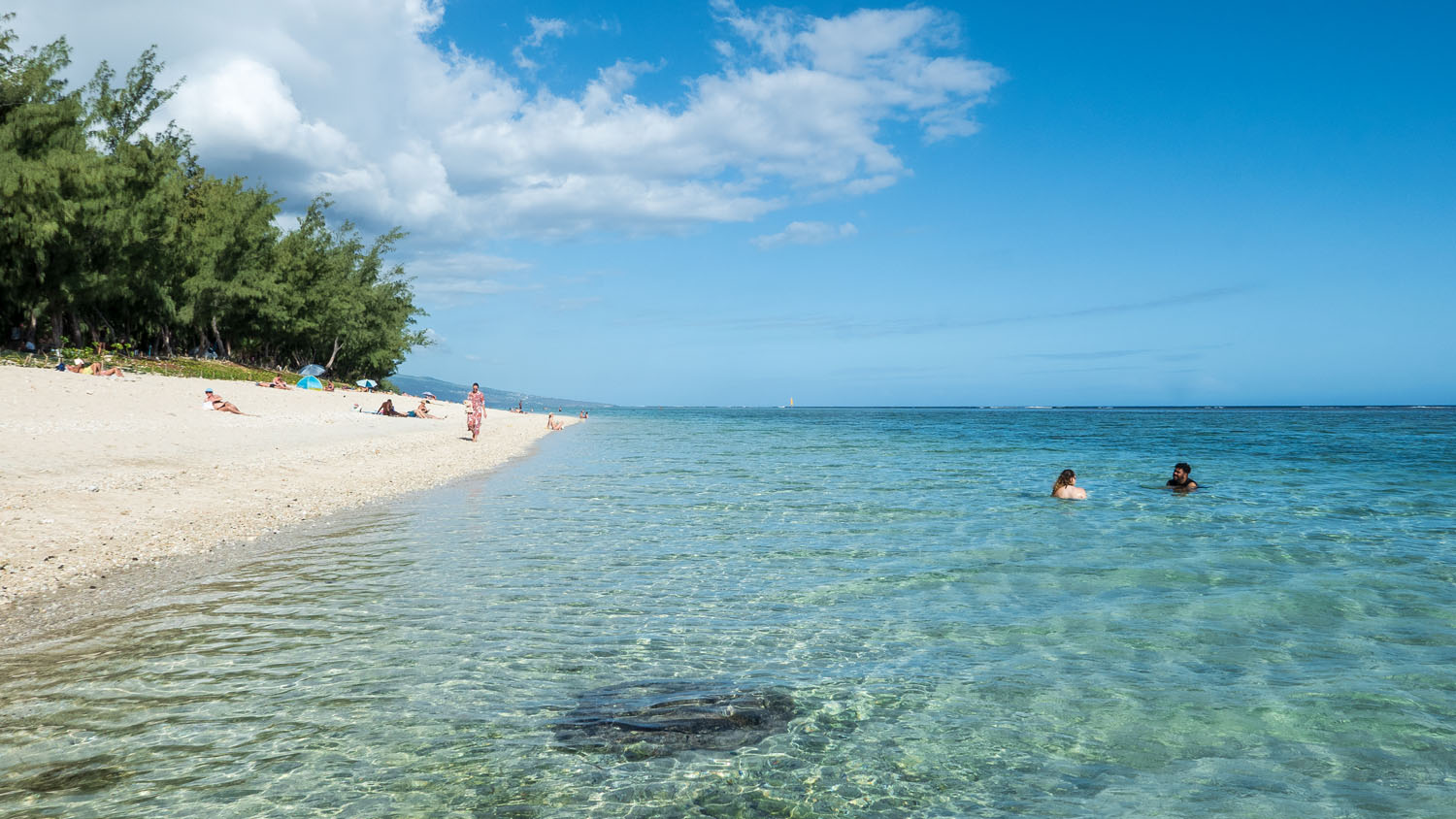

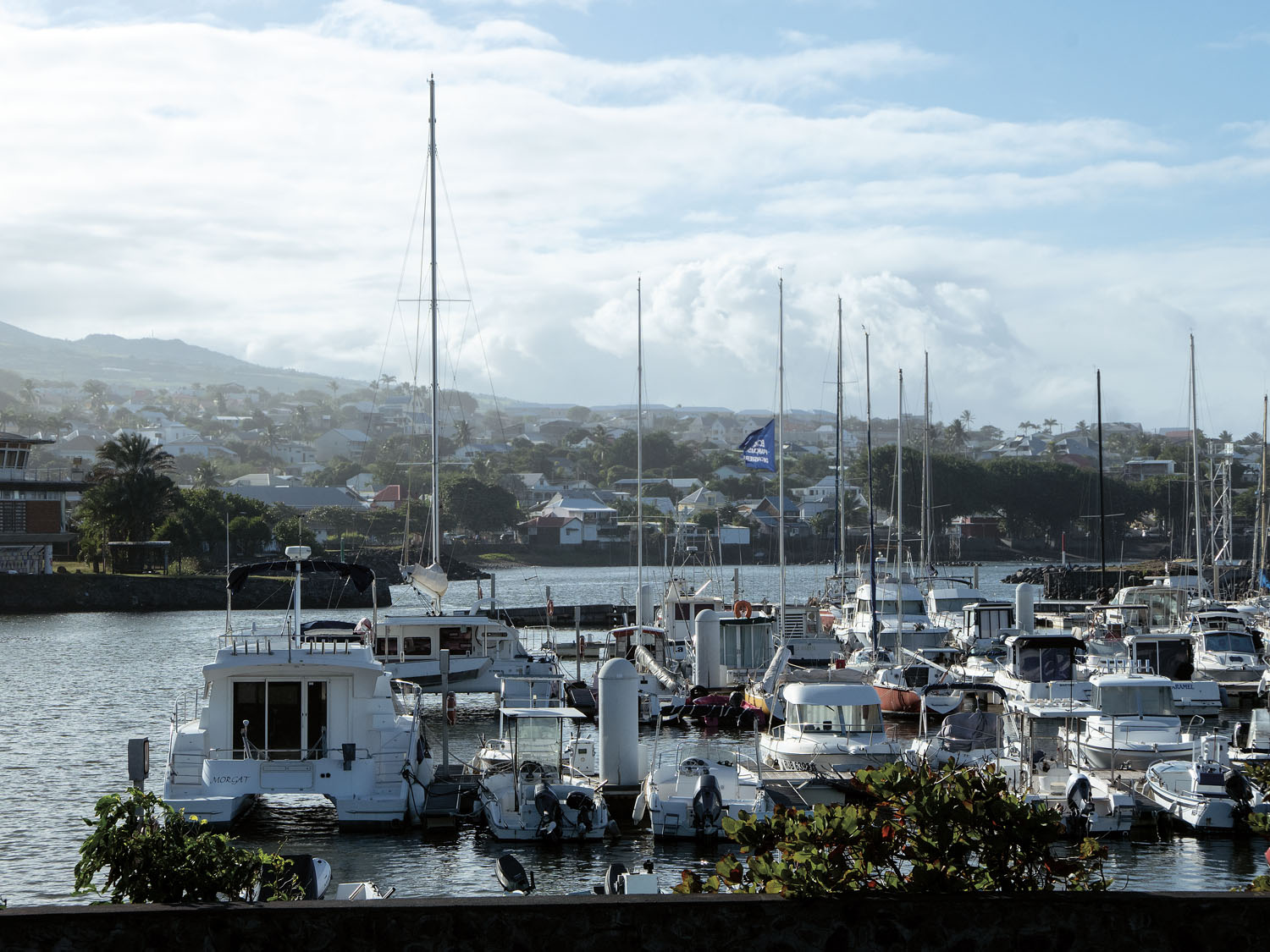
RIGHT: Panasonic DMC-LX100 . @34mm . F/8 . 1/640″ . ISO 200 – WEST COAST Port of Saint Pierre
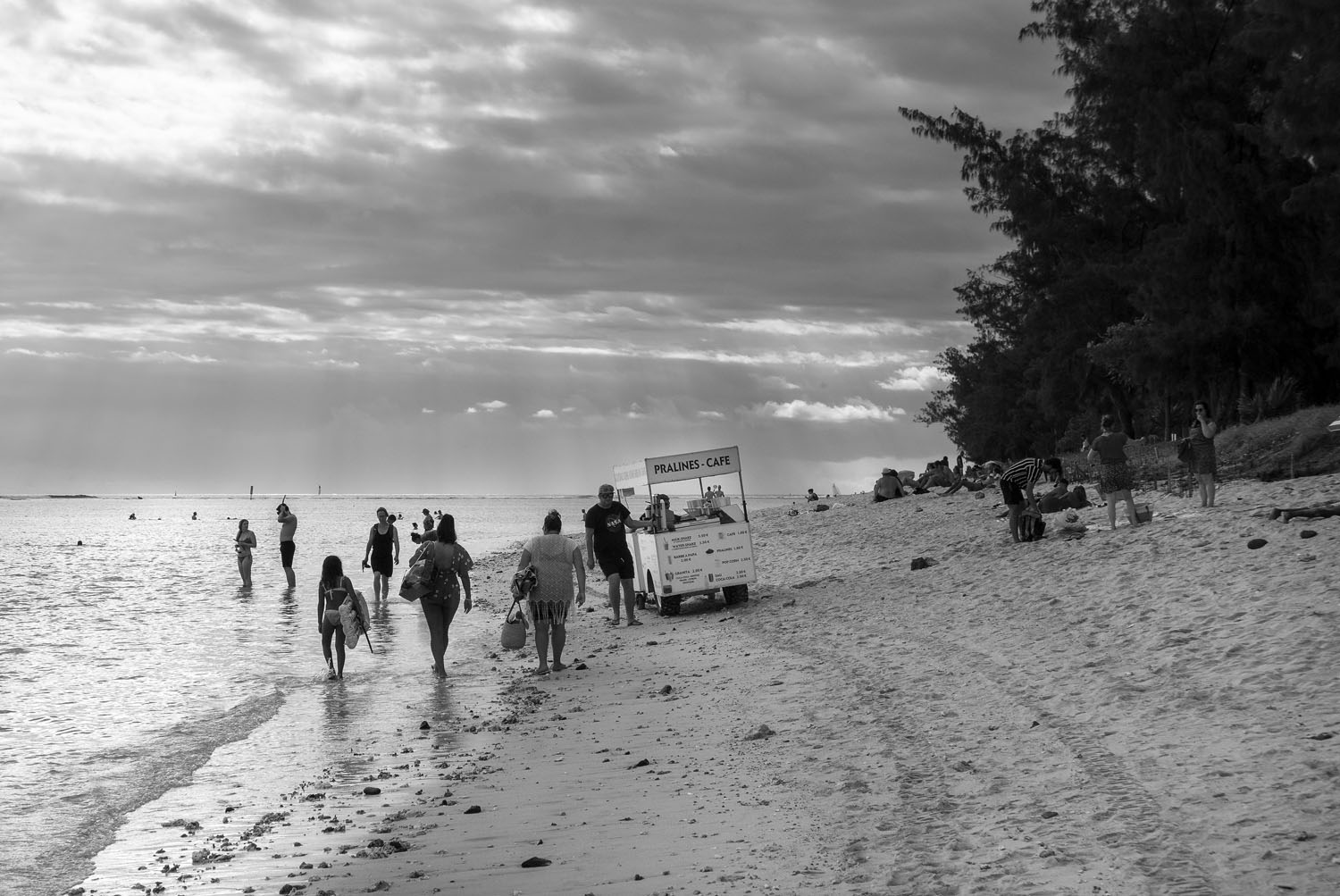
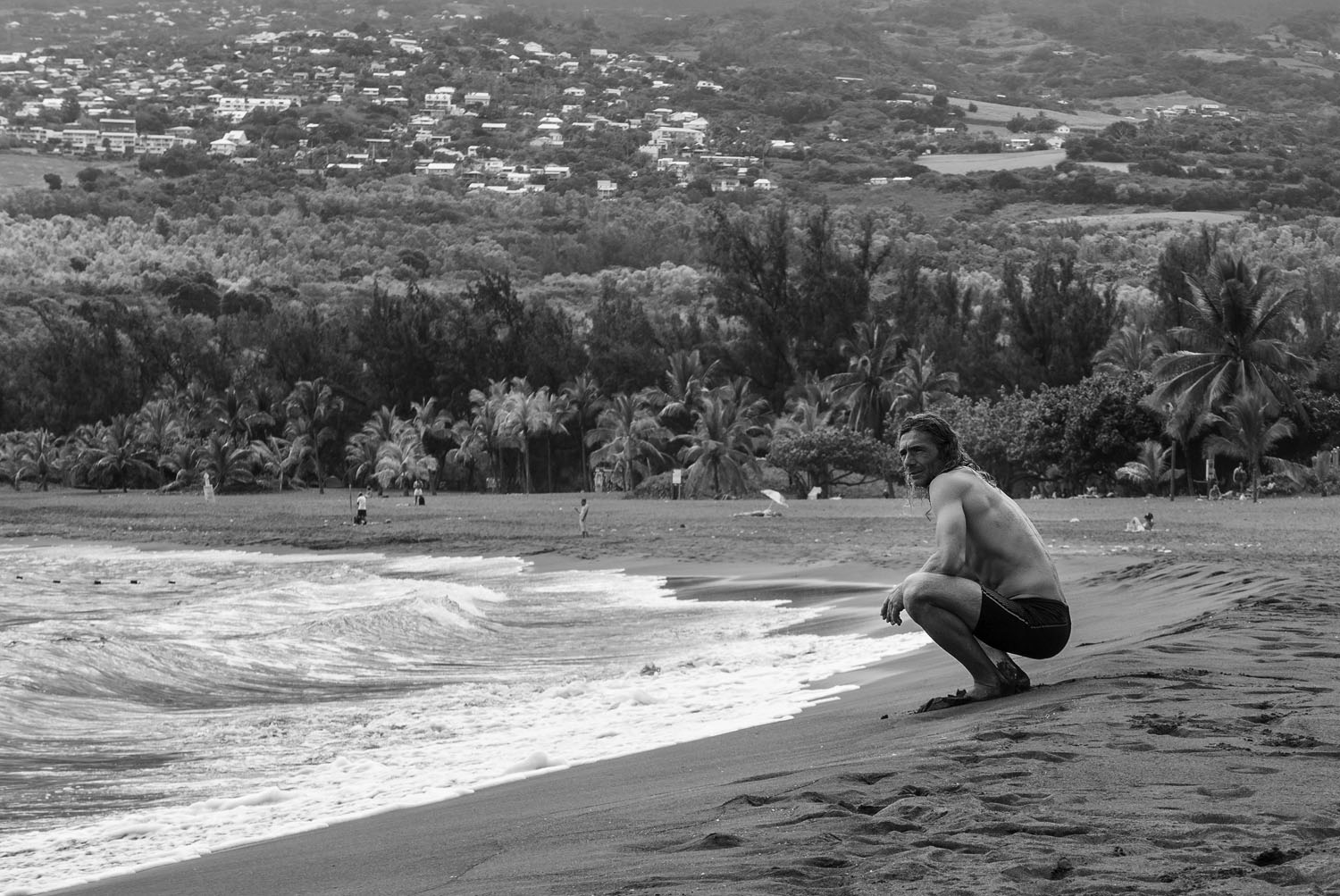
RIGHT: Panasonic DMC-LX100 . @34mm . F/5.6 . 1/400″ . ISO 200 – WEST COAST Les Bains beach
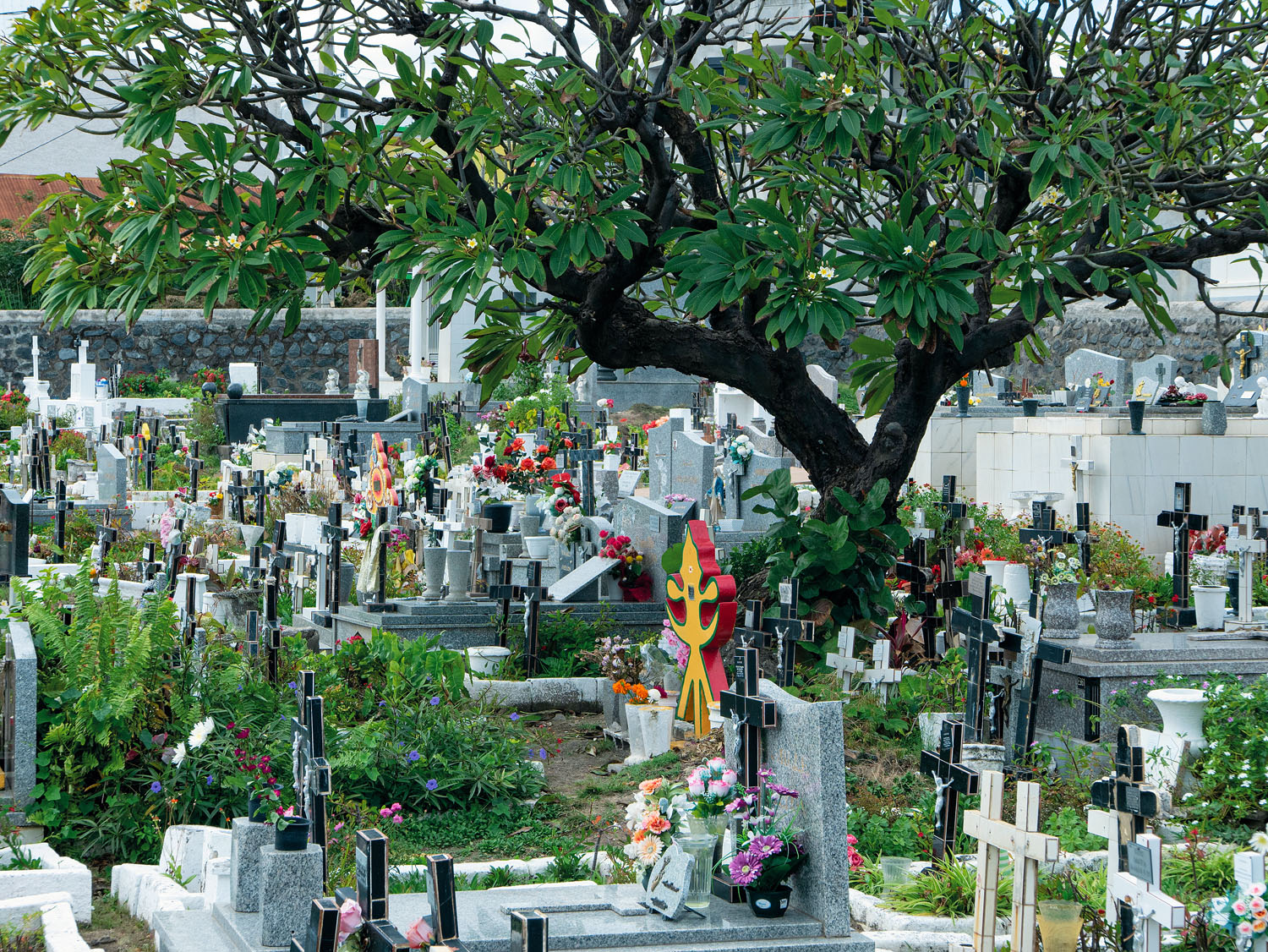
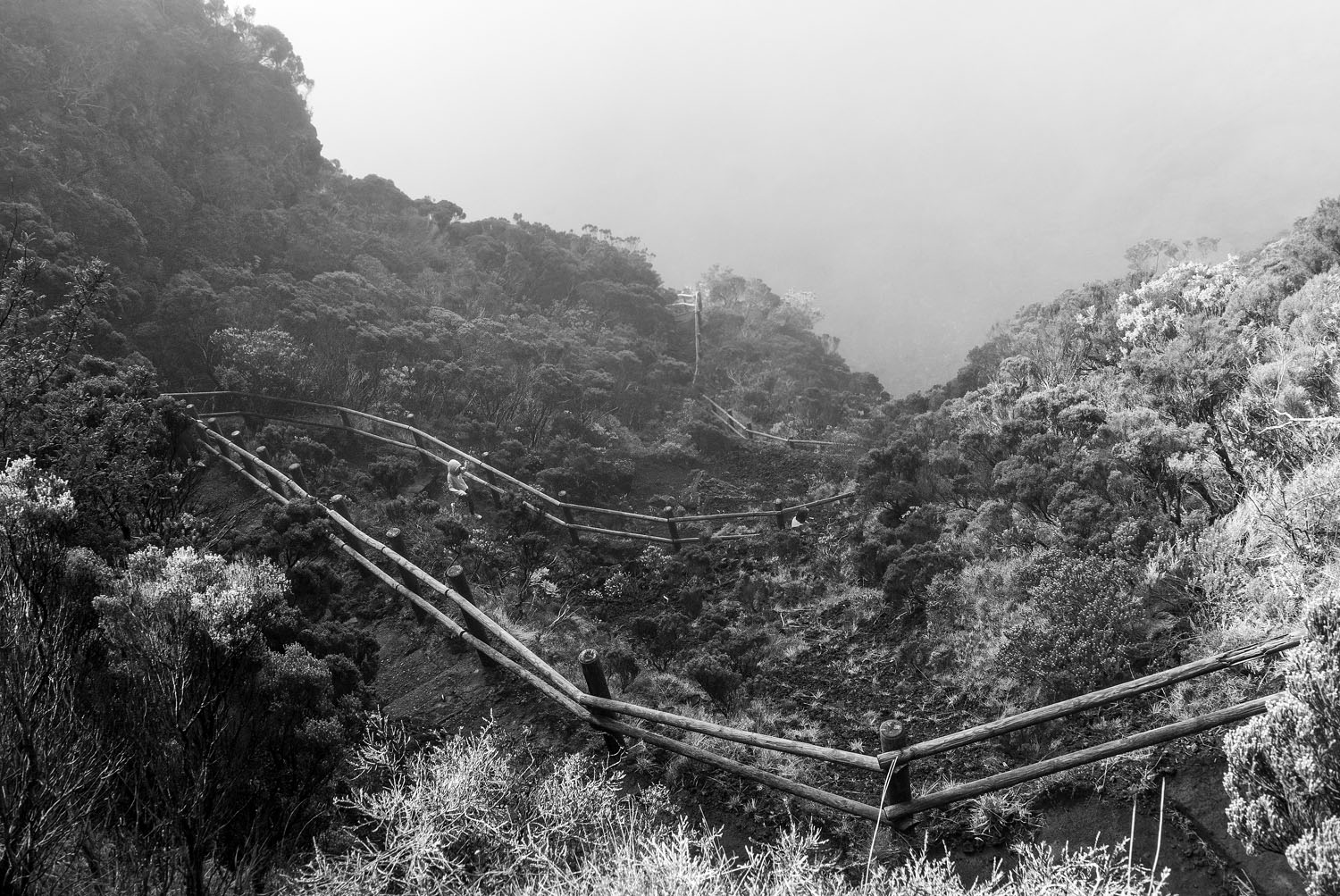
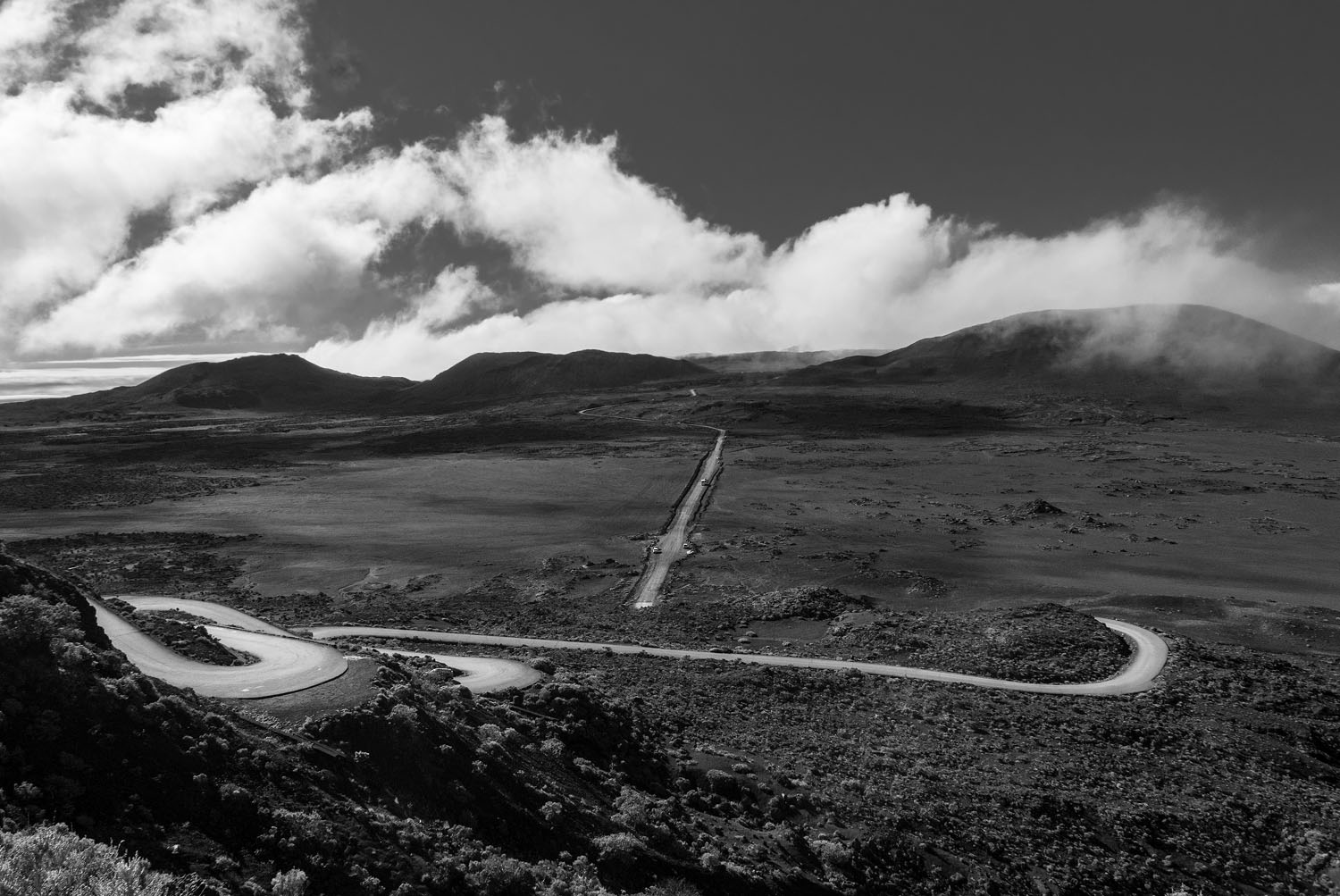
RIGHT: Panasonic DMC-LX100 . @11.40mm . F/7.1 . 1/1250″ . ISO 200 – Verso Piton de la Fournaise
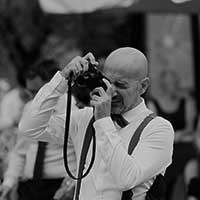
“My name is Riccardo Beretta. I live in a small city near Milan in Italy. I shared with my parents the photography passion since the 1980s using an analogue Olympus reflex camera. I am a lover of spontaneous photography and reportage. I like to describe with images situations that, at the speed of modern times, can slip by. With my photos, I fulfil my desire to give importance to those moments that would otherwise go unnoticed. With print, I hope to make those moments immortal. I believe in print, in its evocative capacity, in its ability to accompany us through the years.”





Guillaume
June 12, 2024 @ 10:23
I love to see articles about La Réunion on photography websites, however the eruption where the lava almost swallowed Notre Dame des Laves was in 1977… the eruptions of the last few years were quite small and their lava remained in the highlands, not coming anywhere within proximity of the sea (I’m from La Réunion and have returned to live there a couple of years ago)